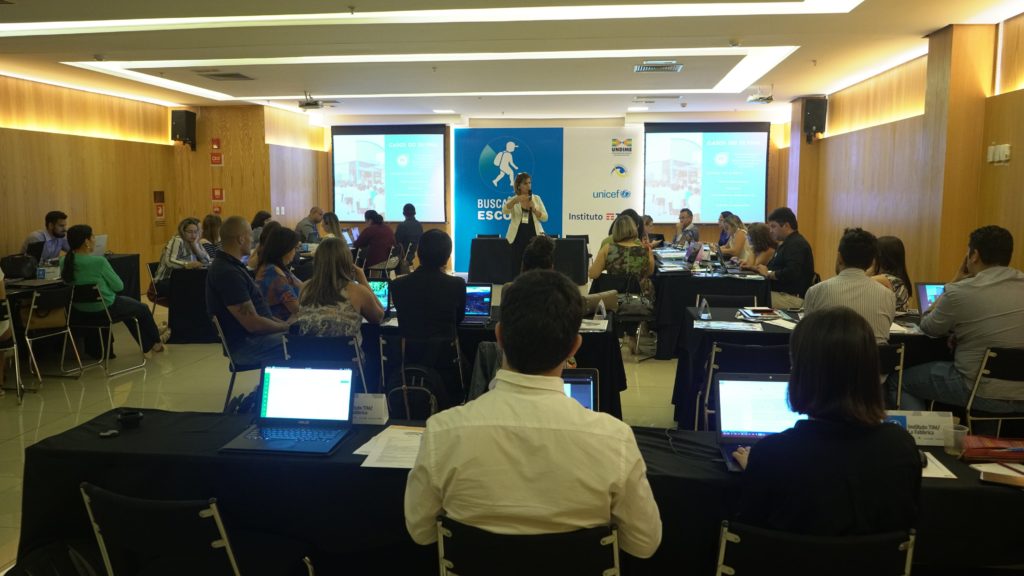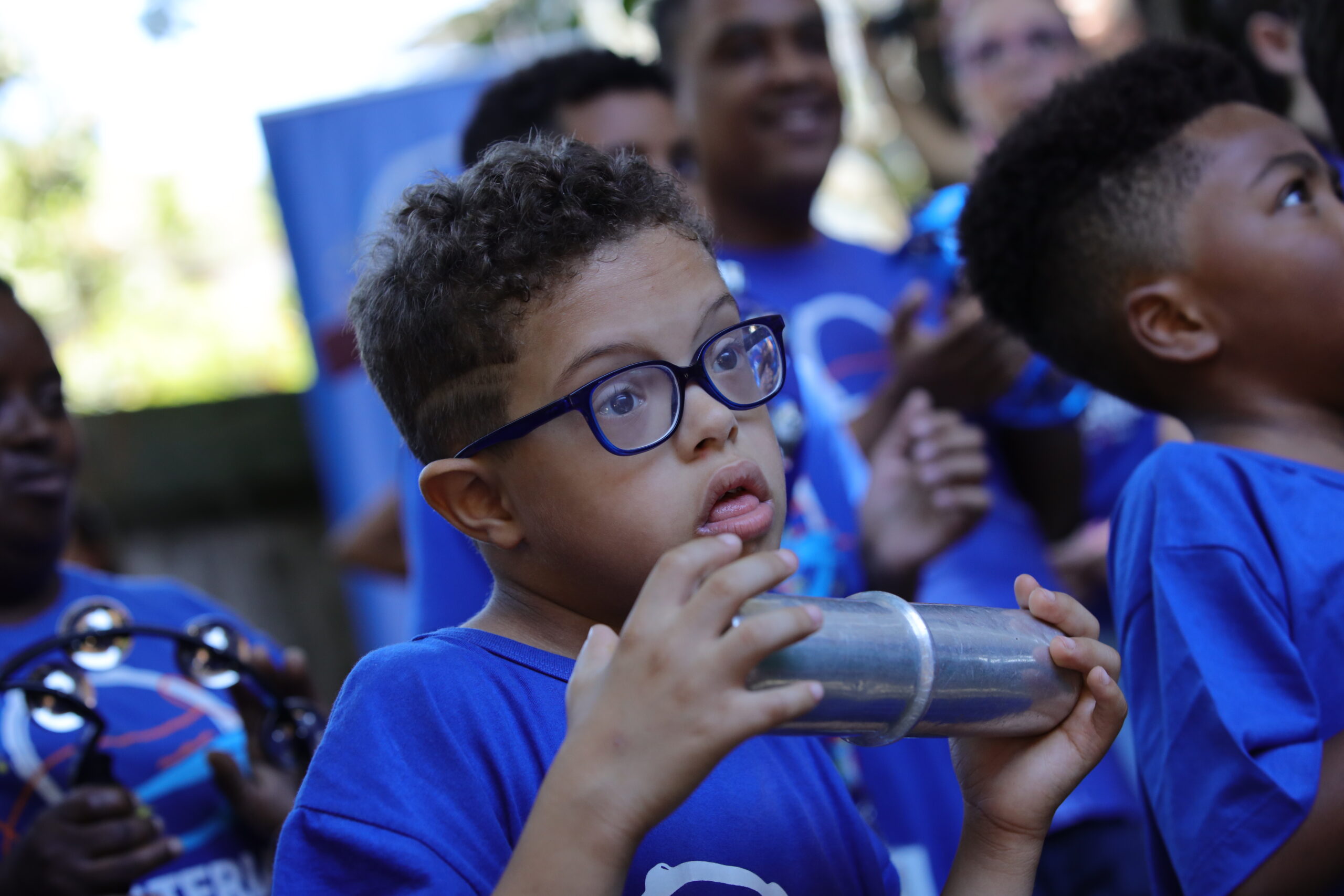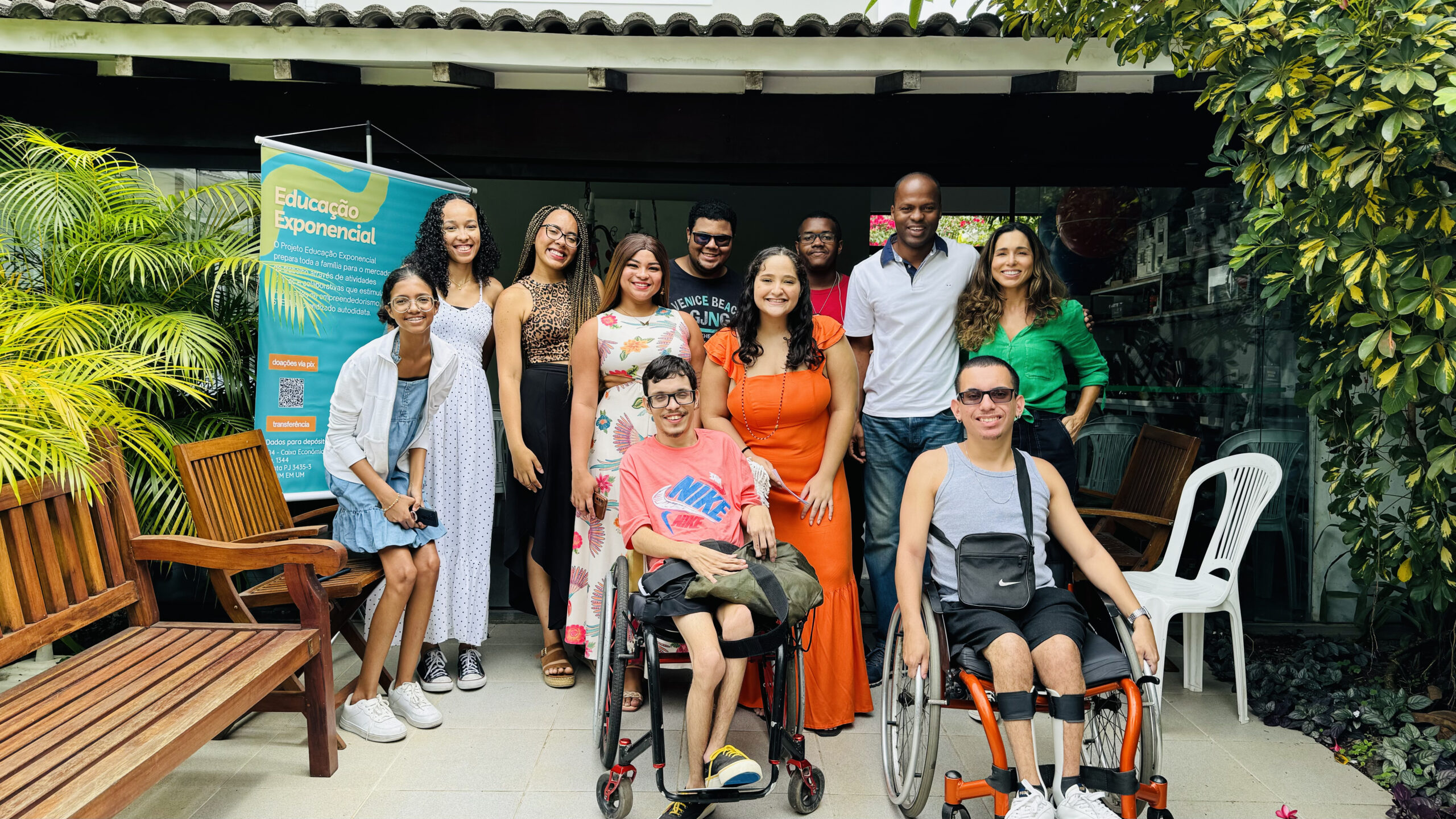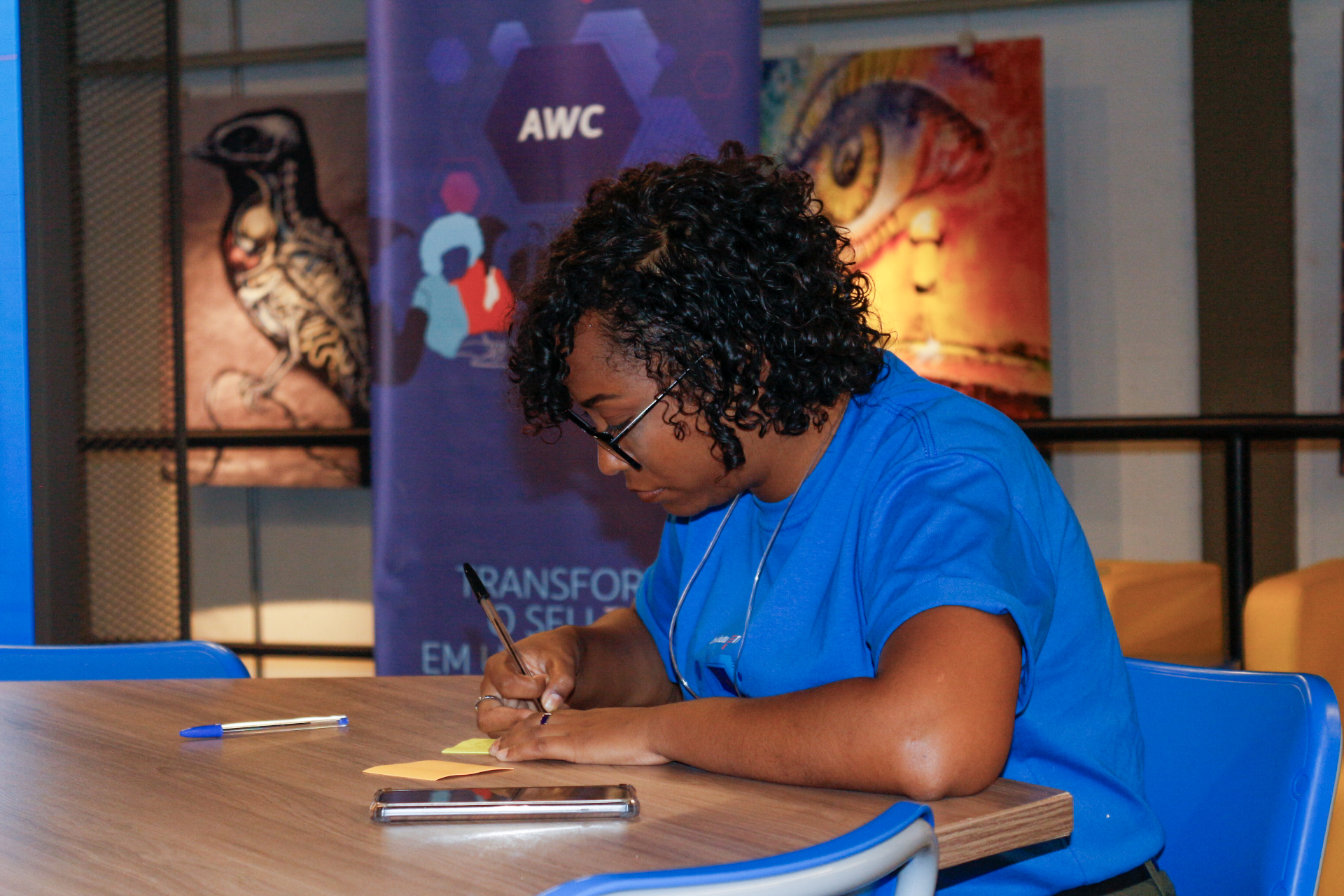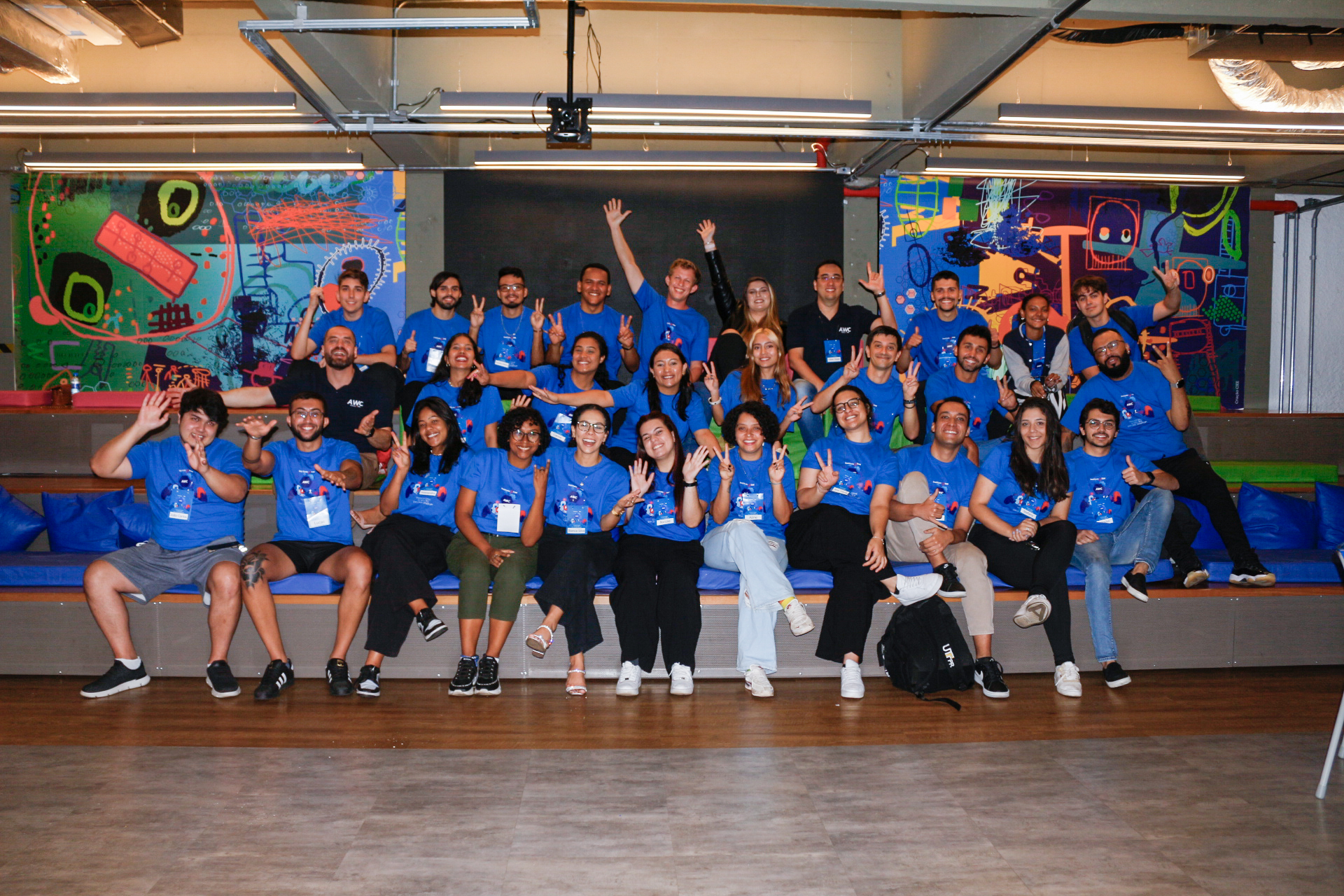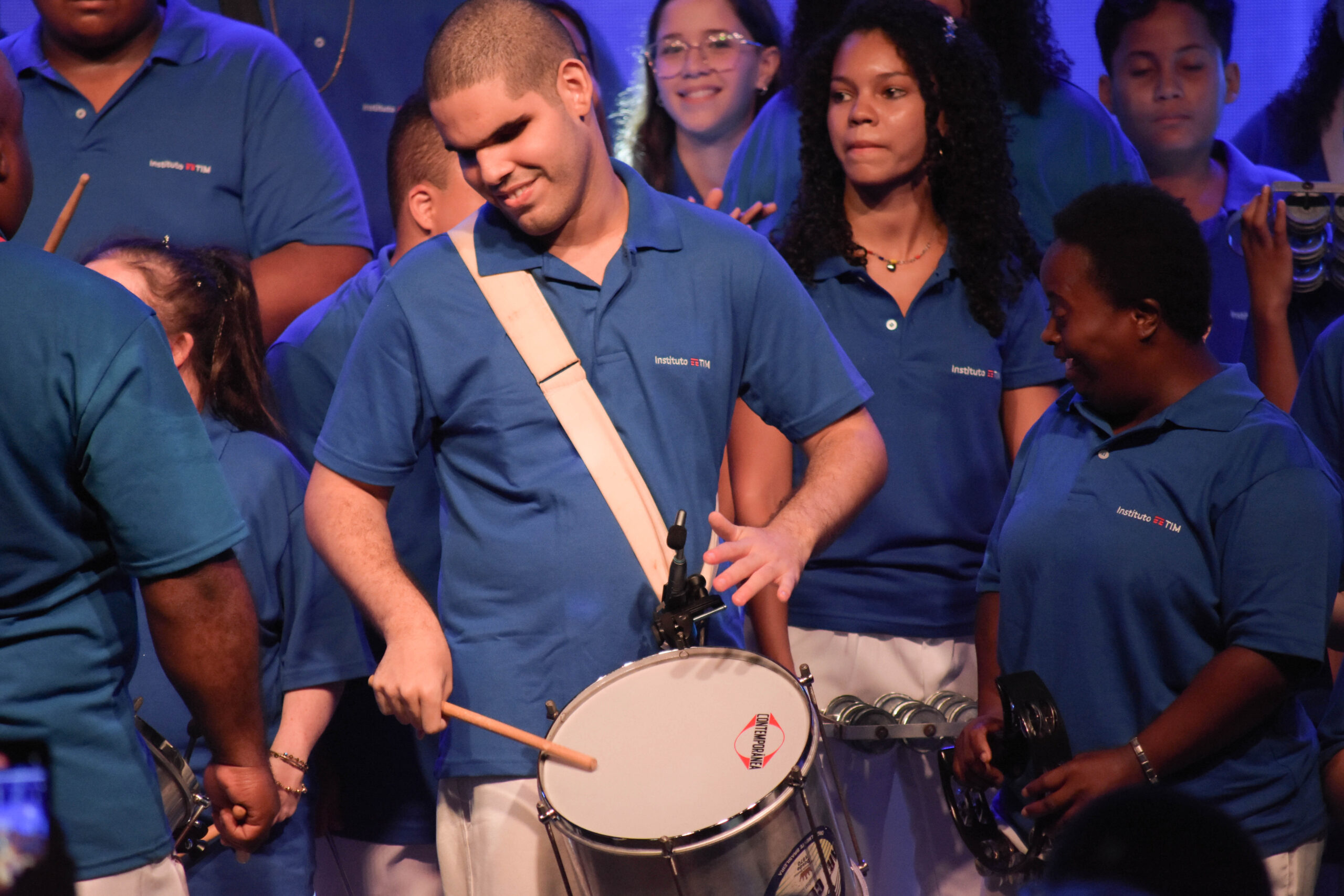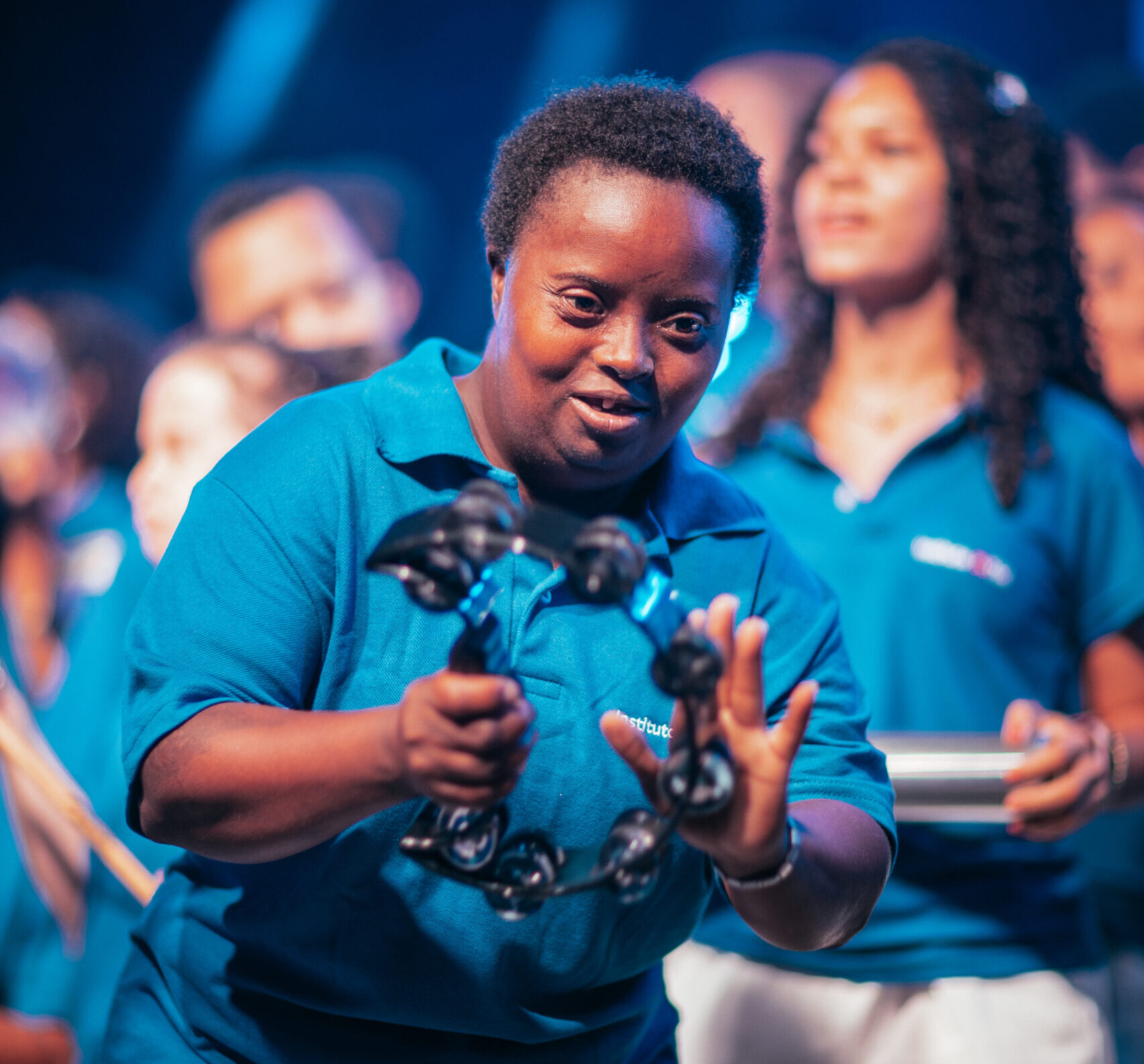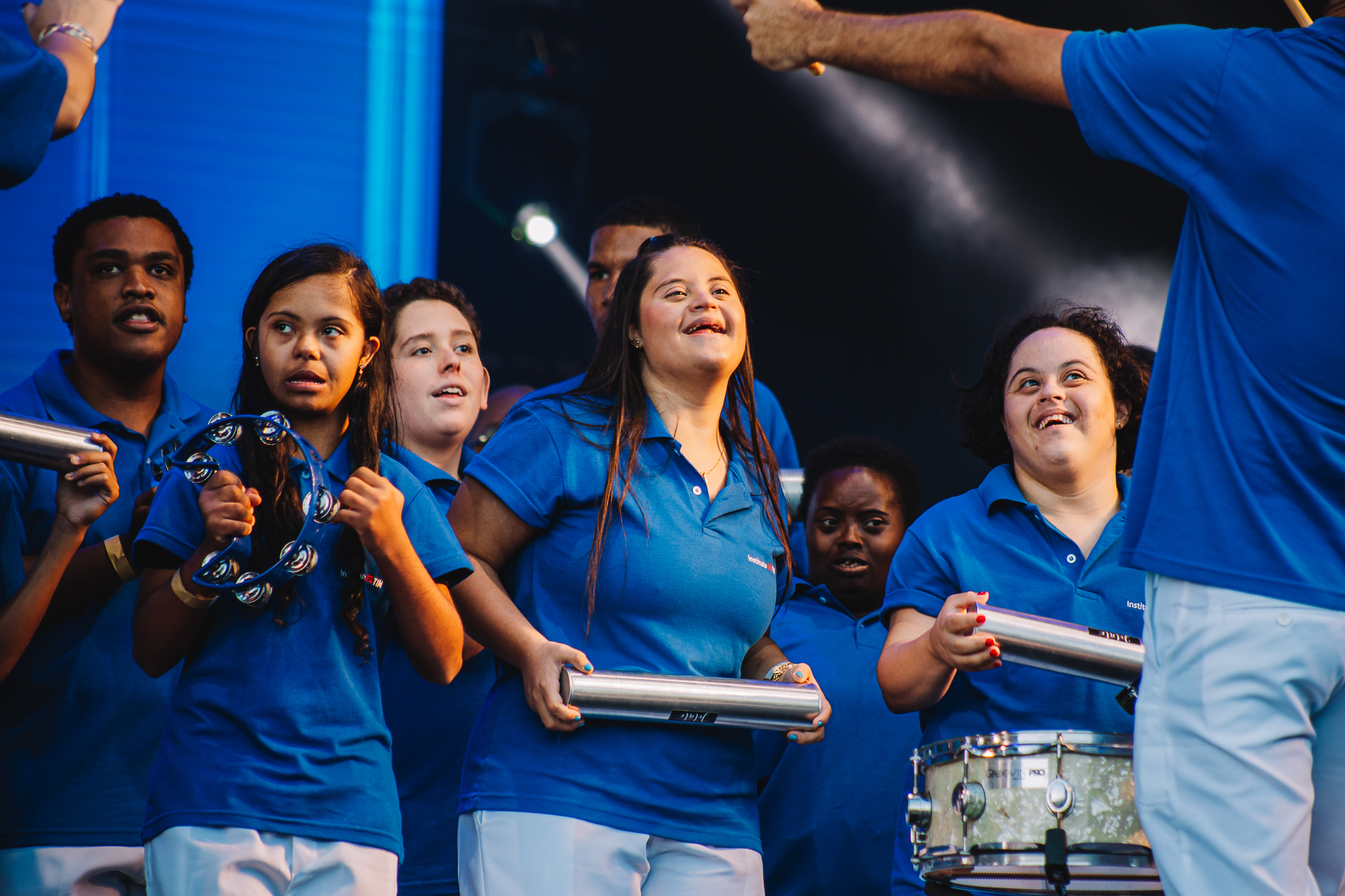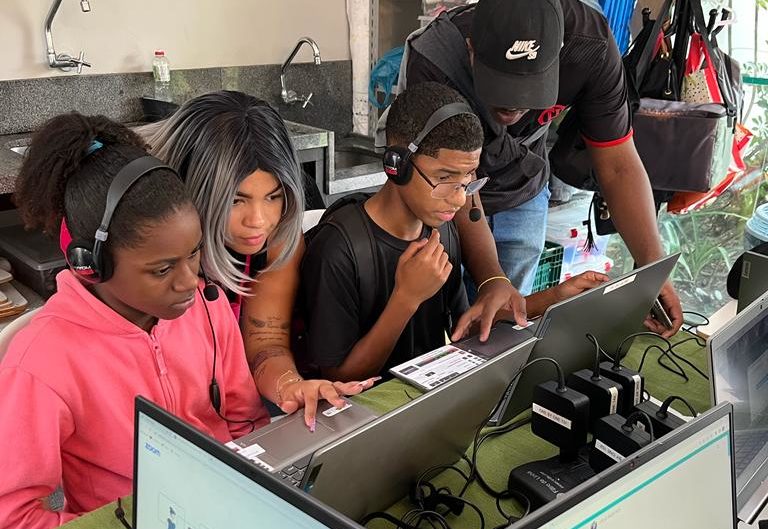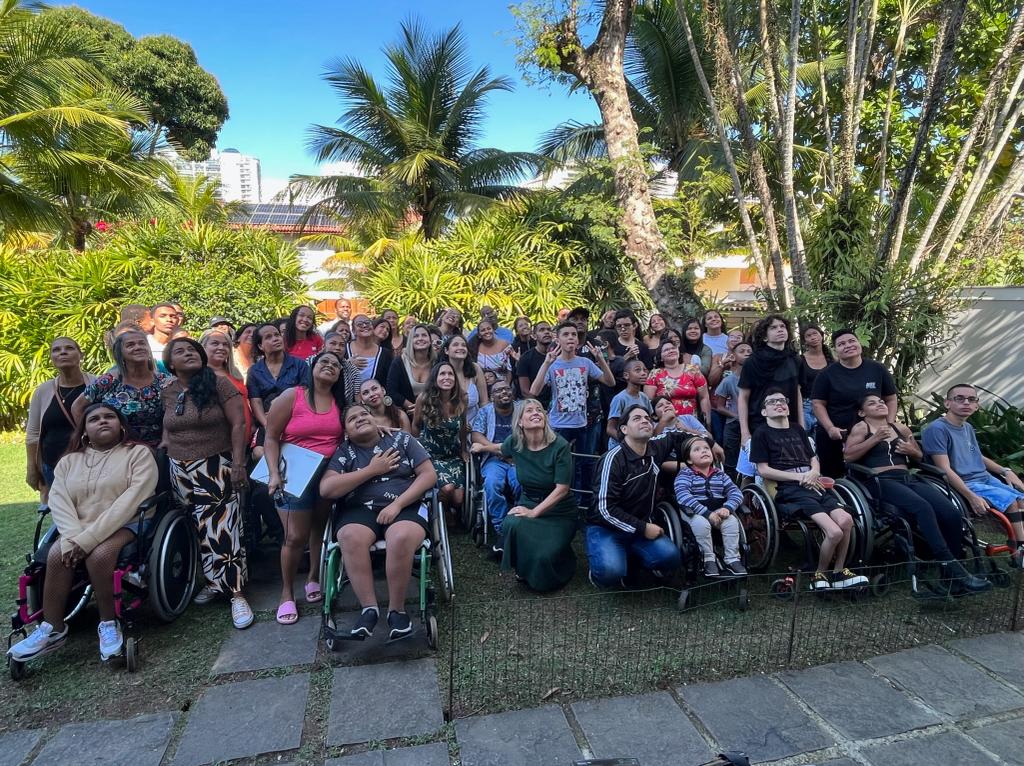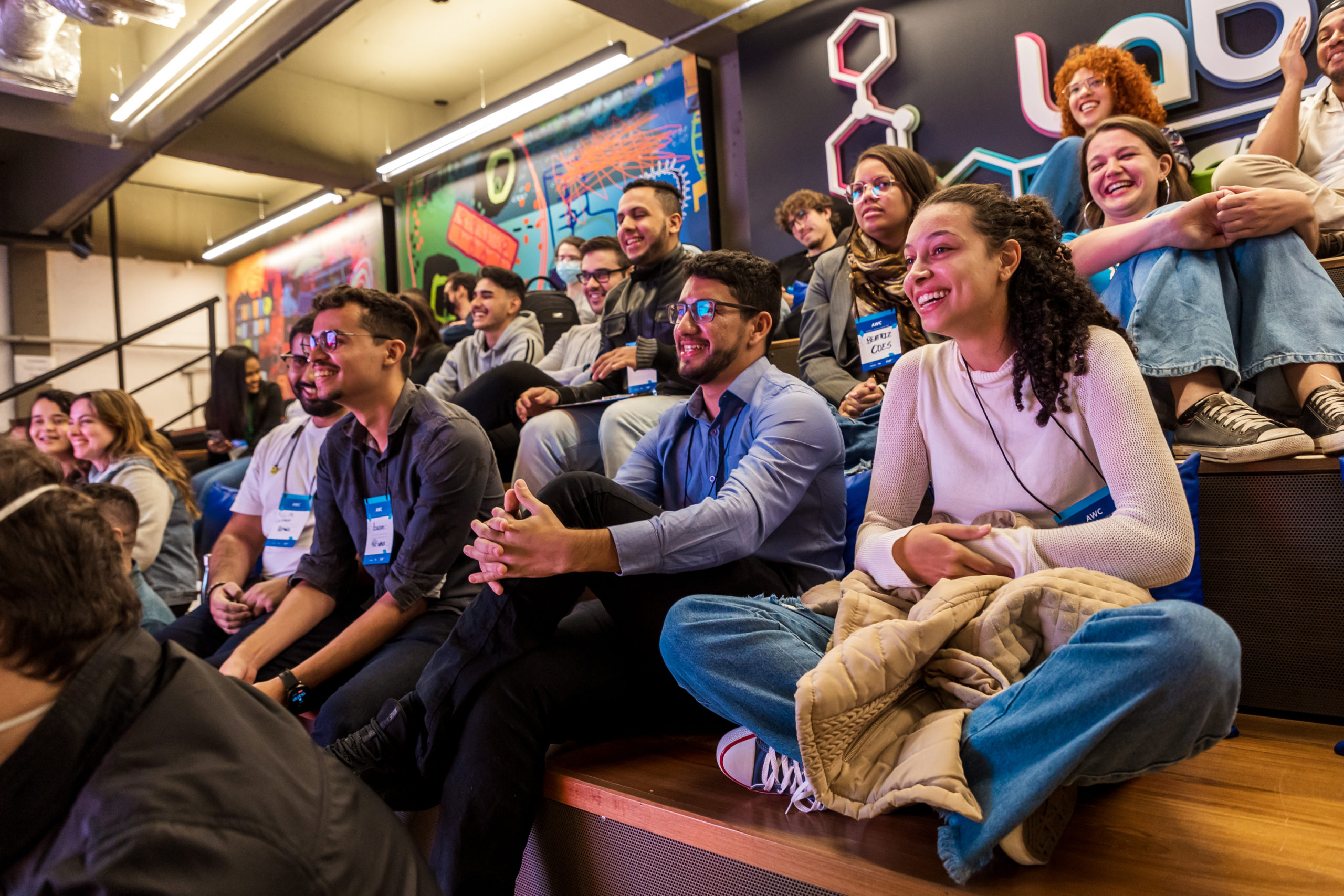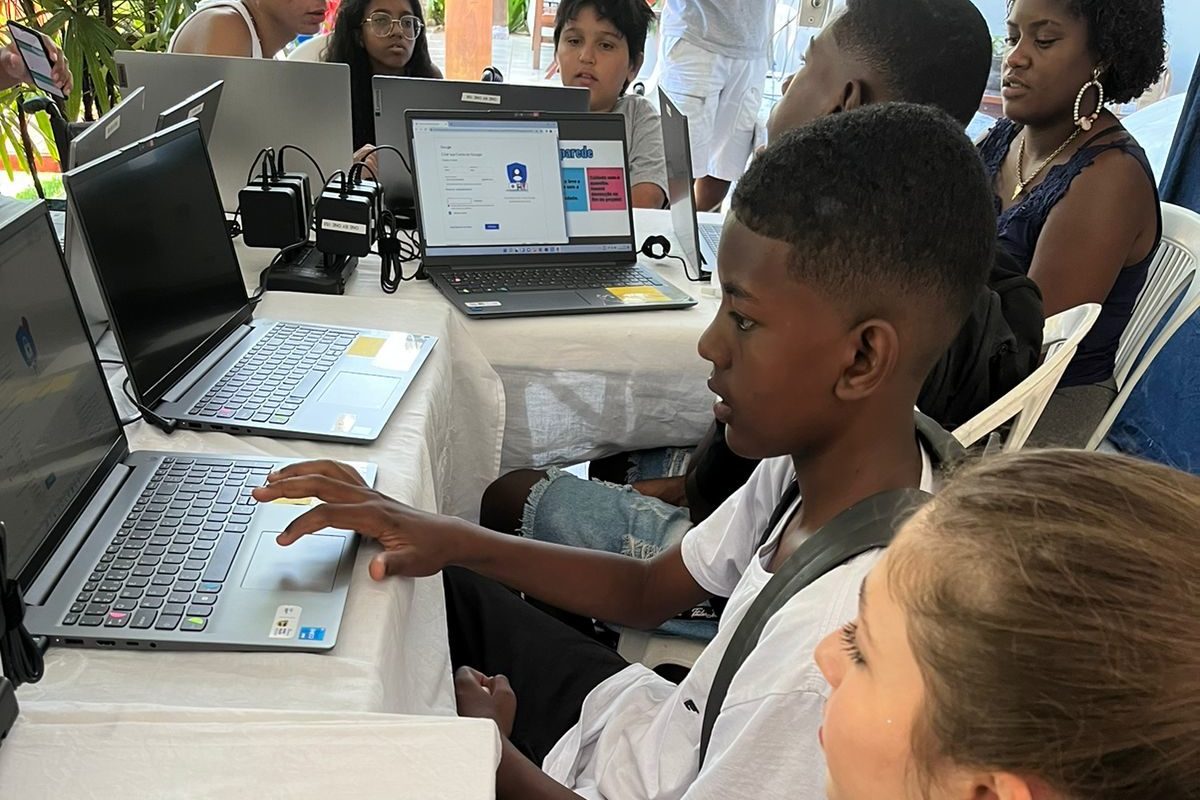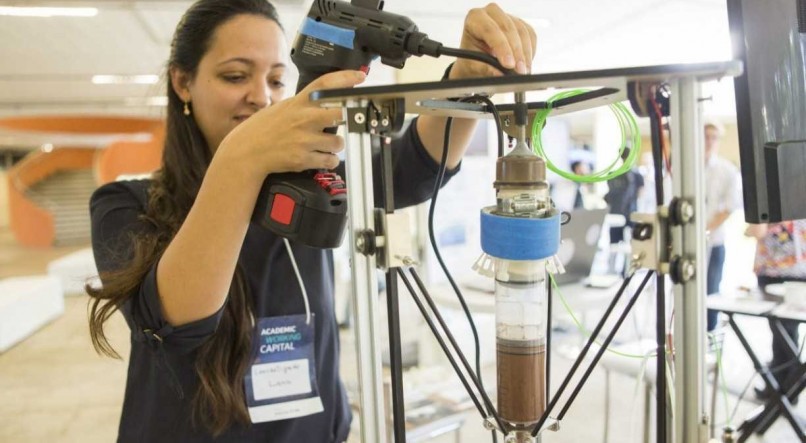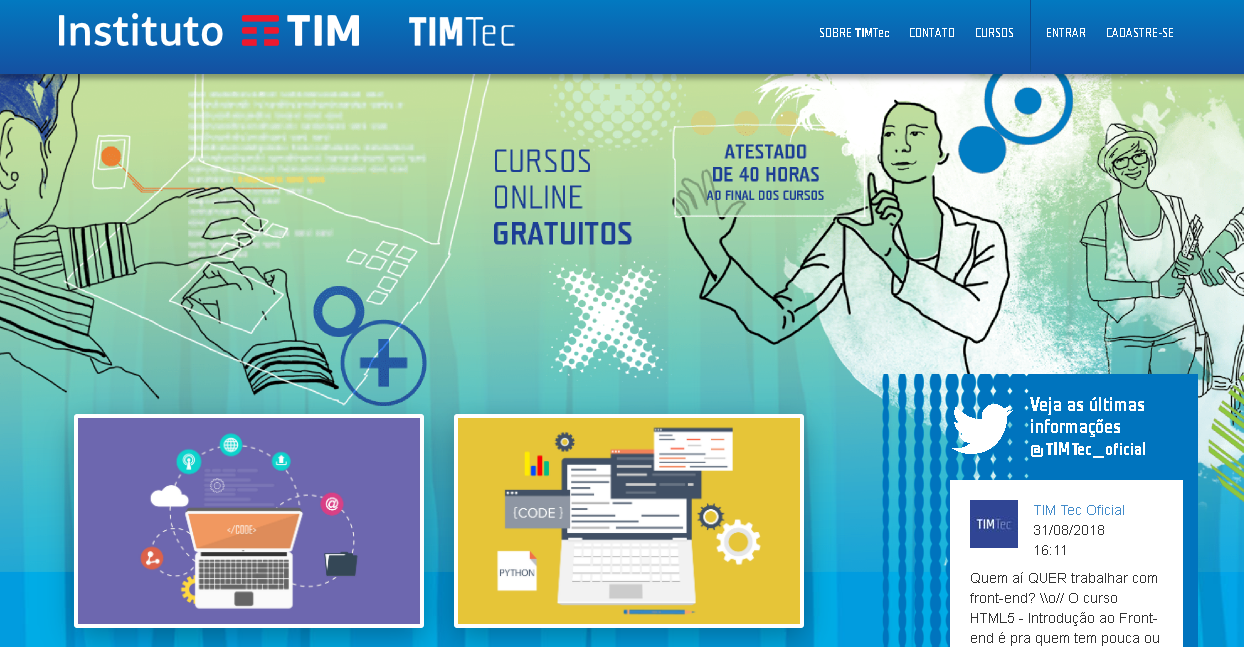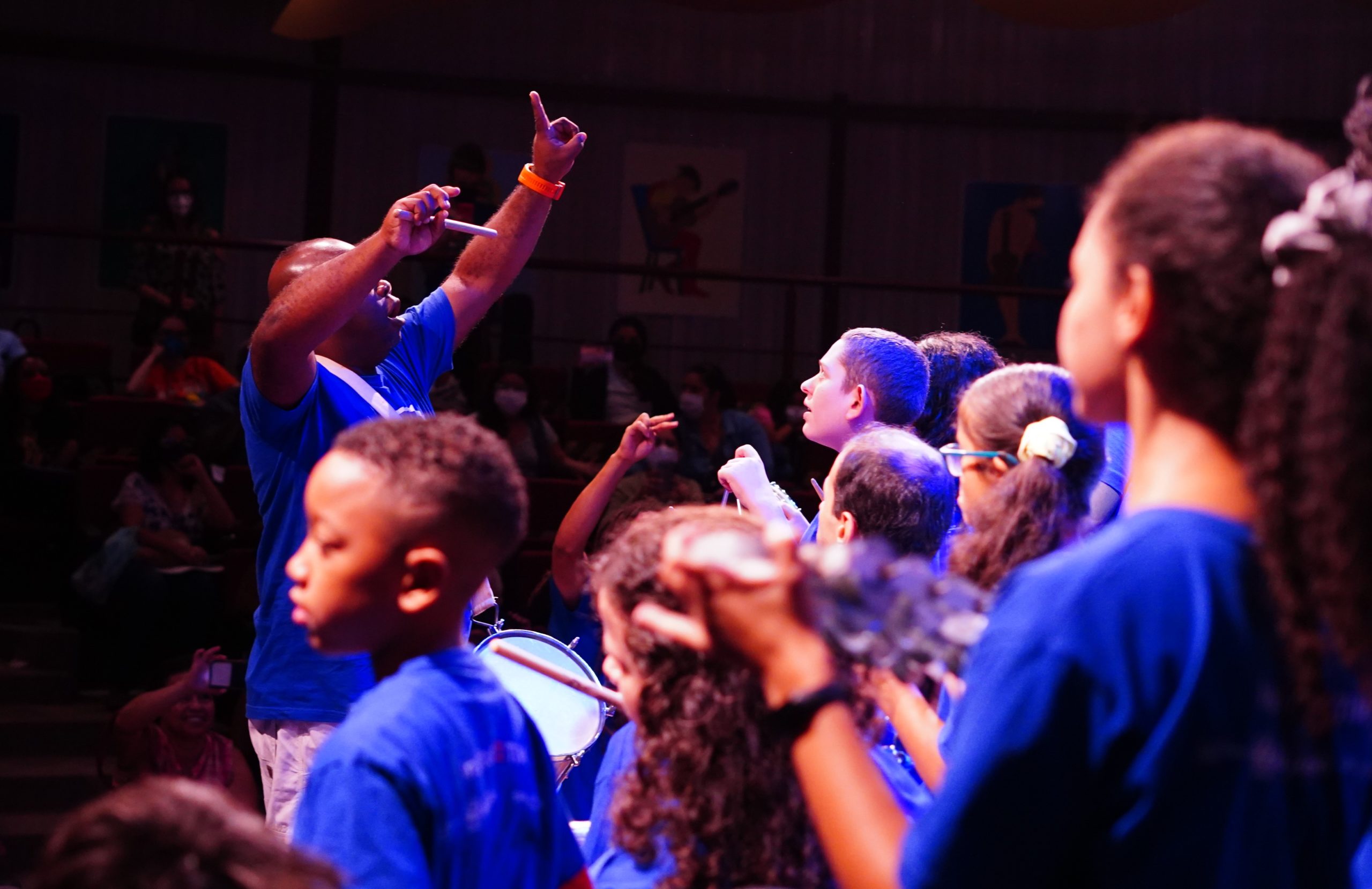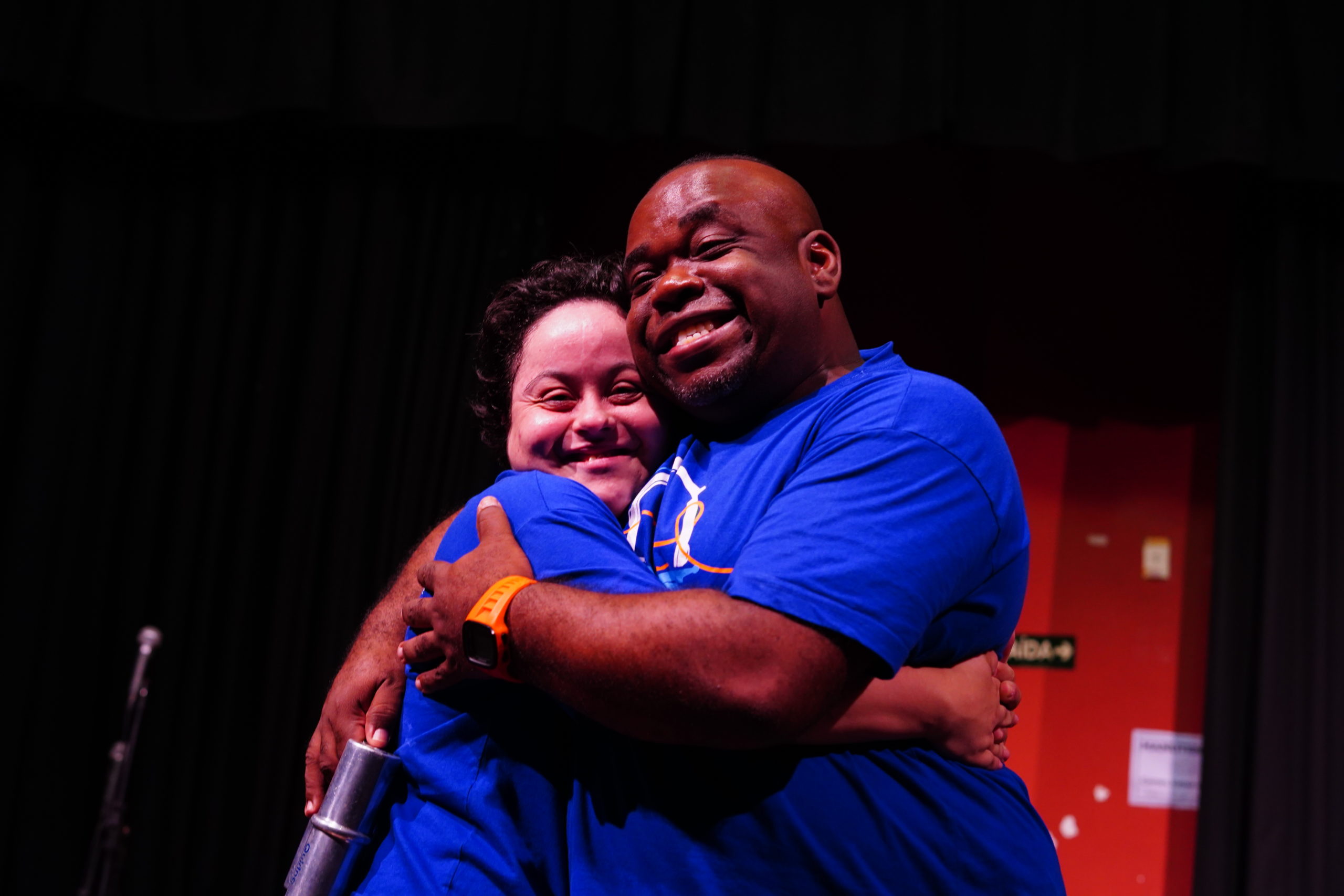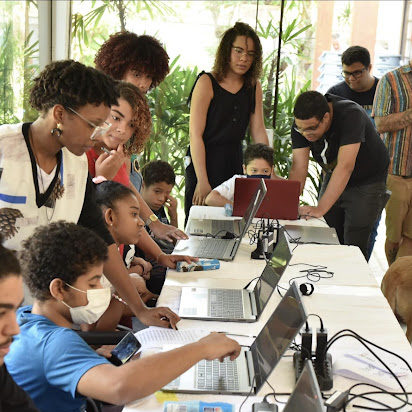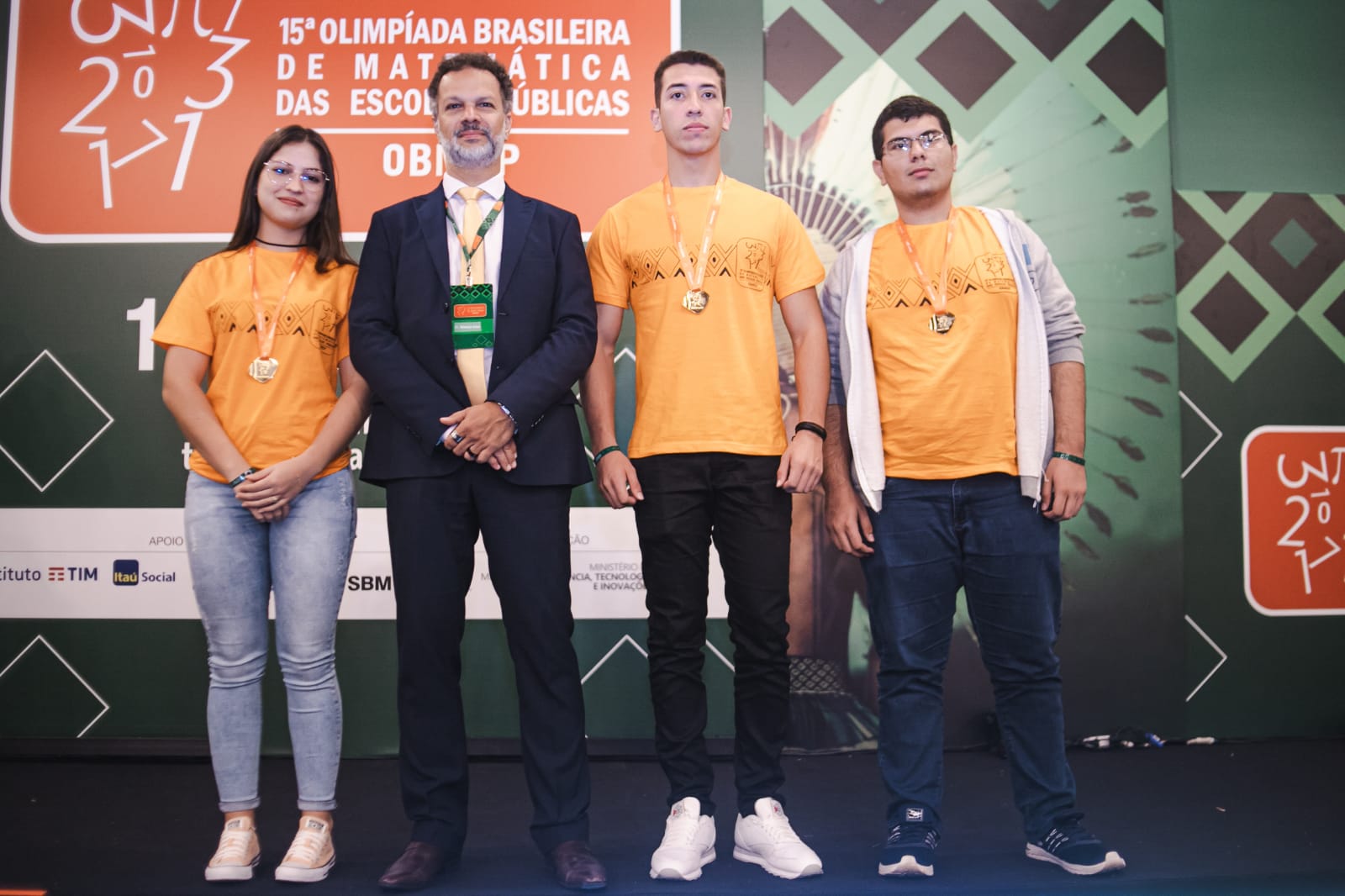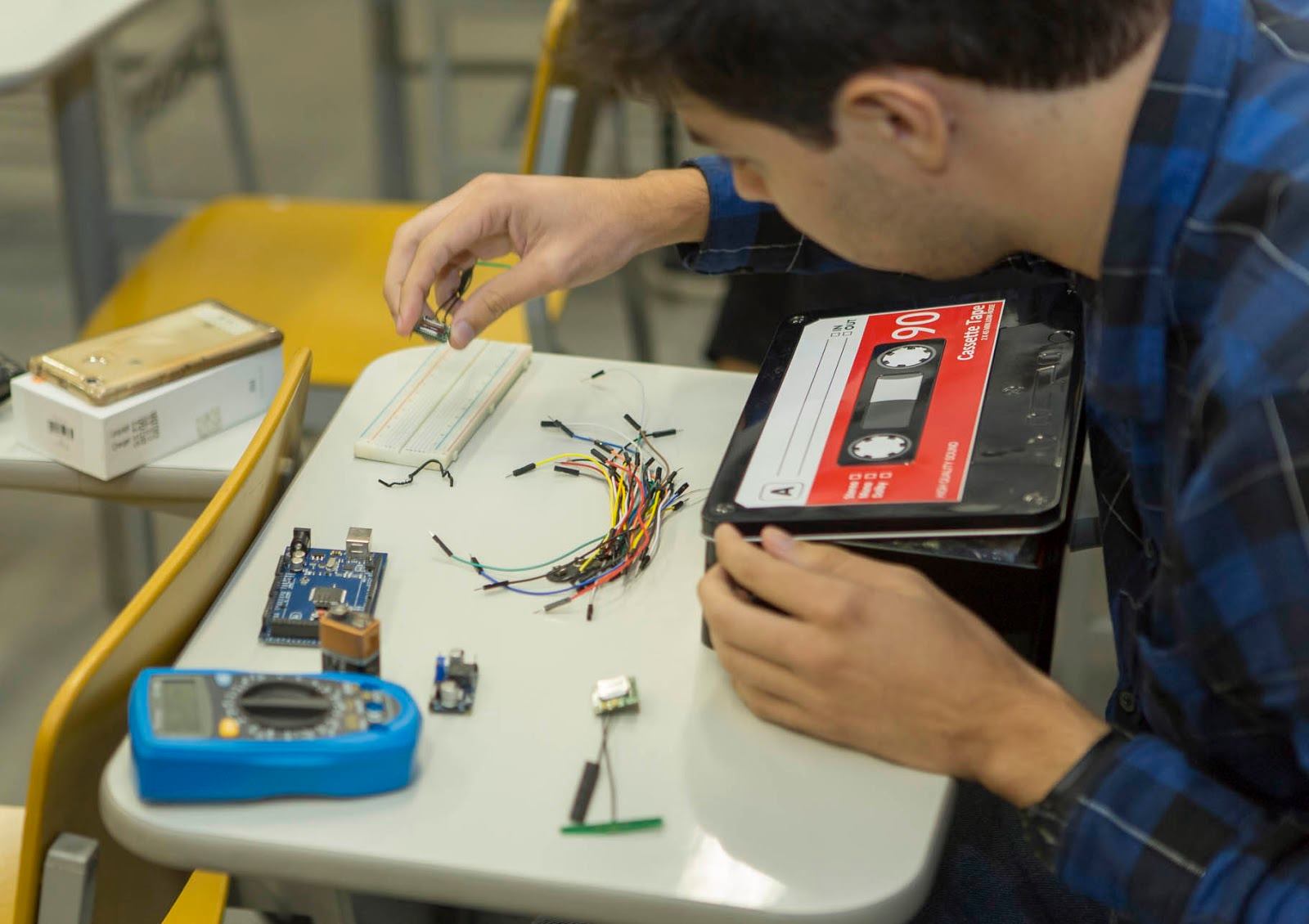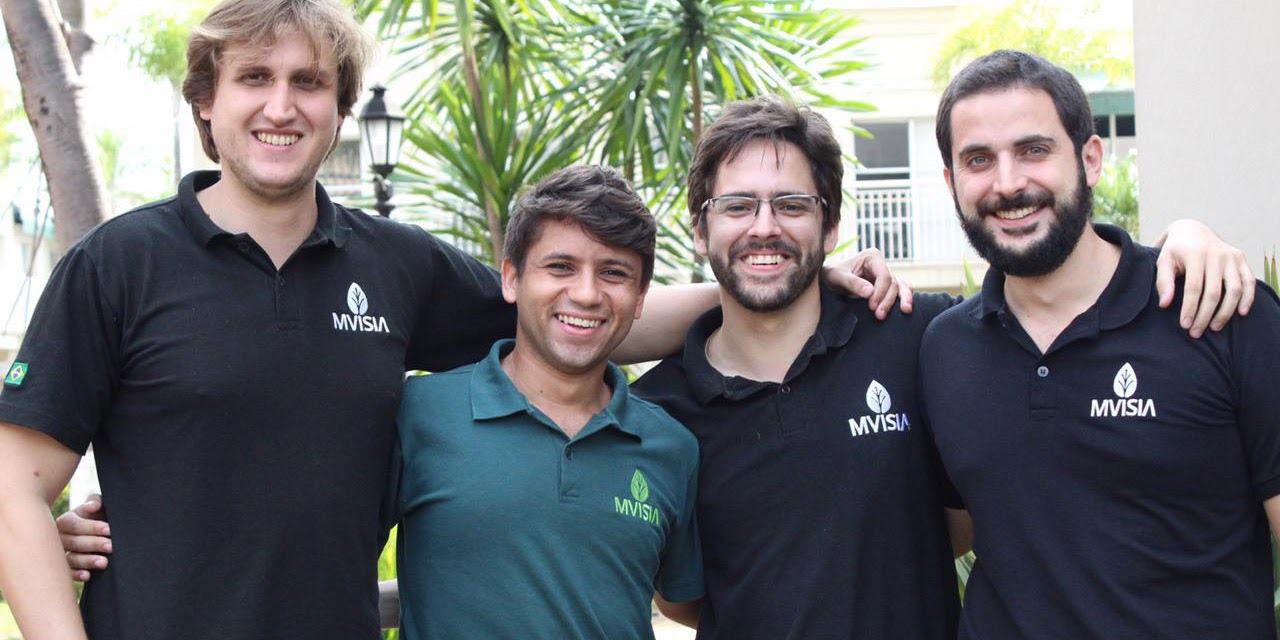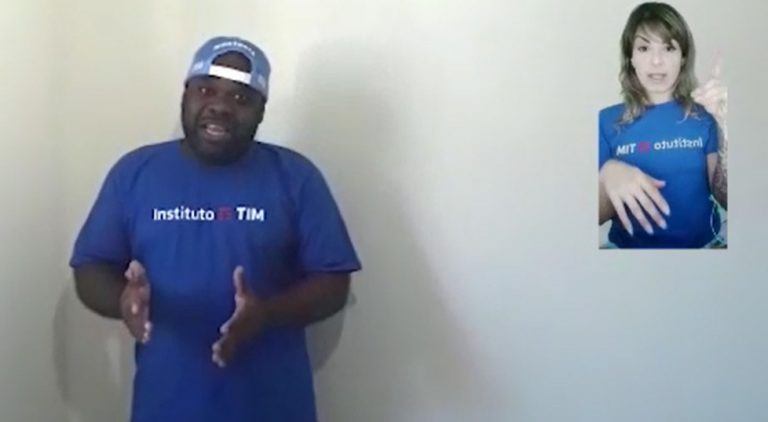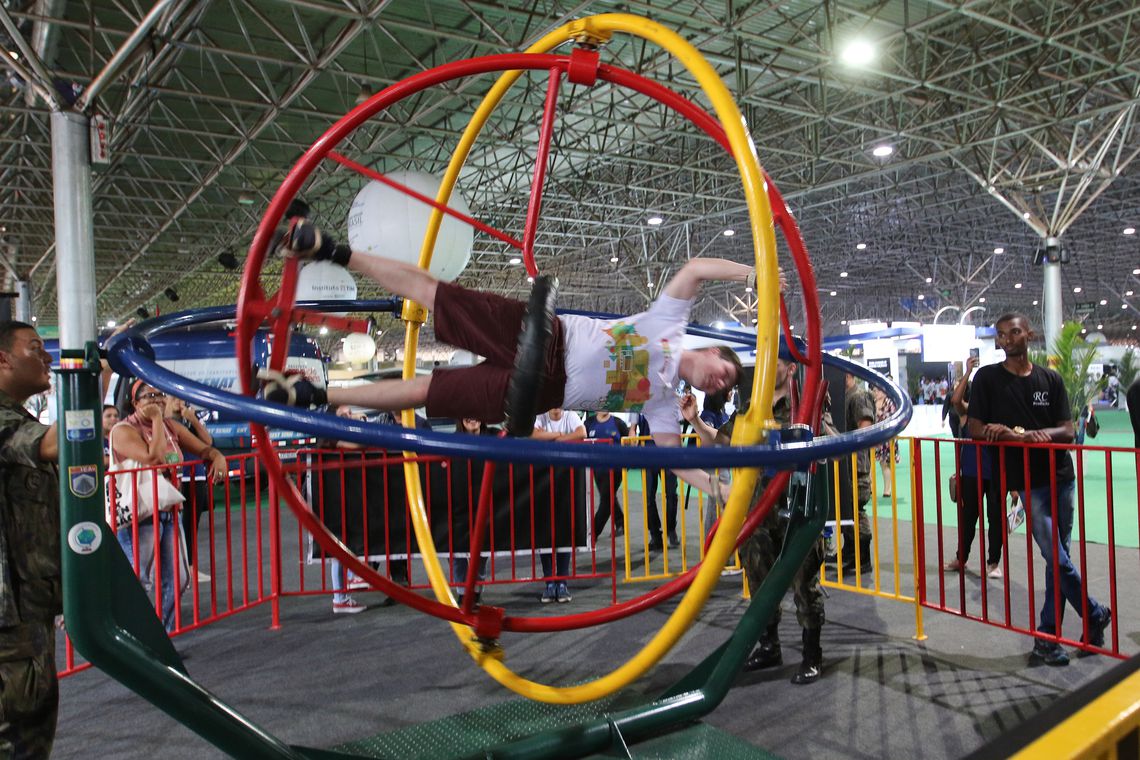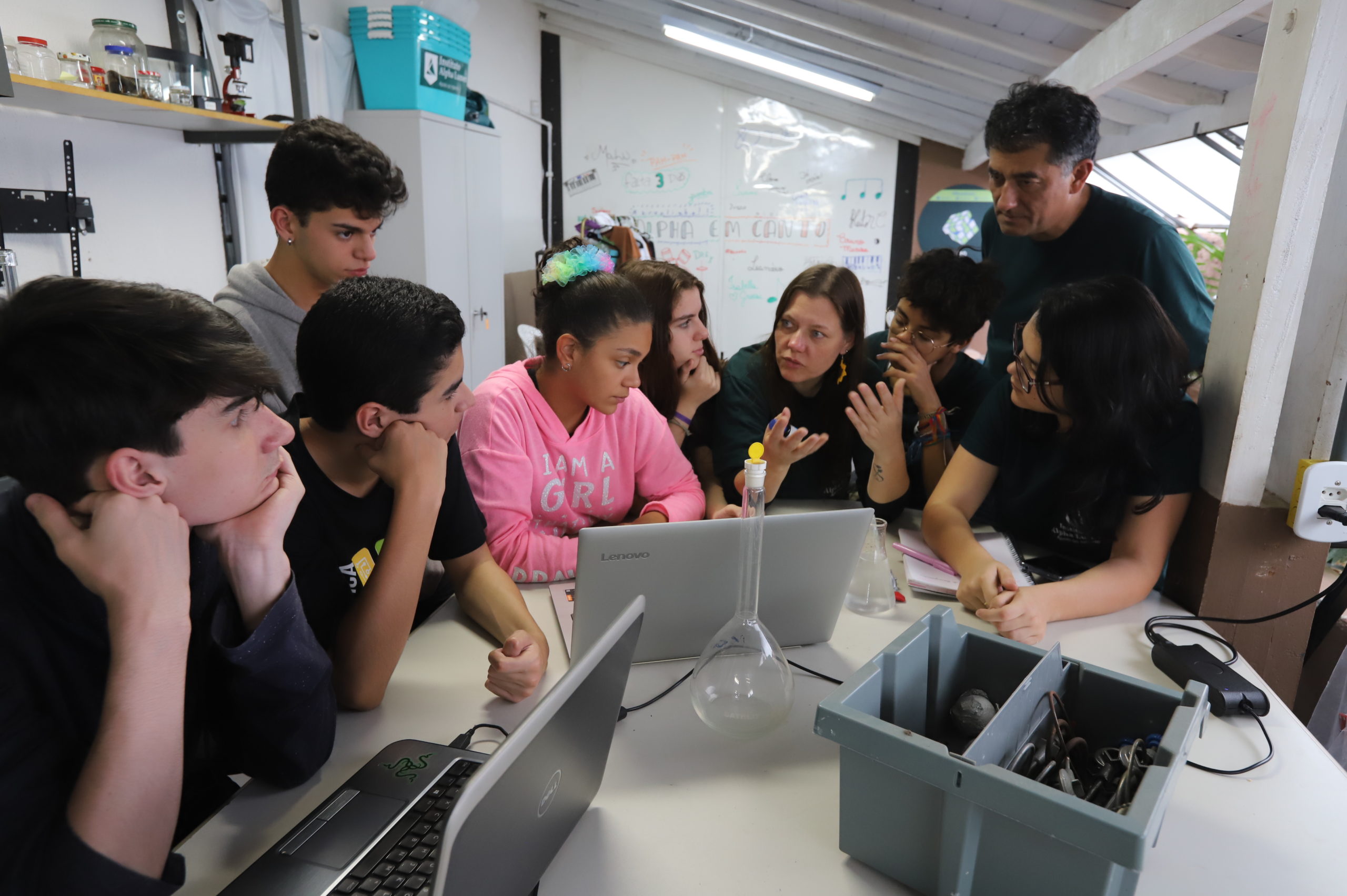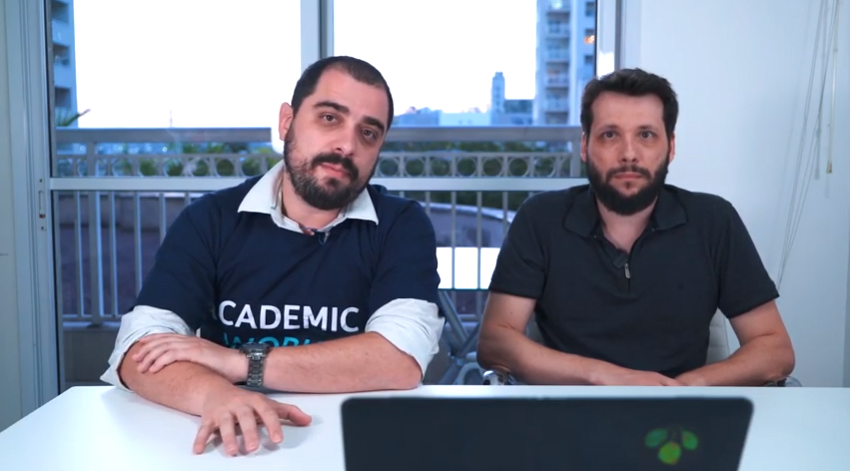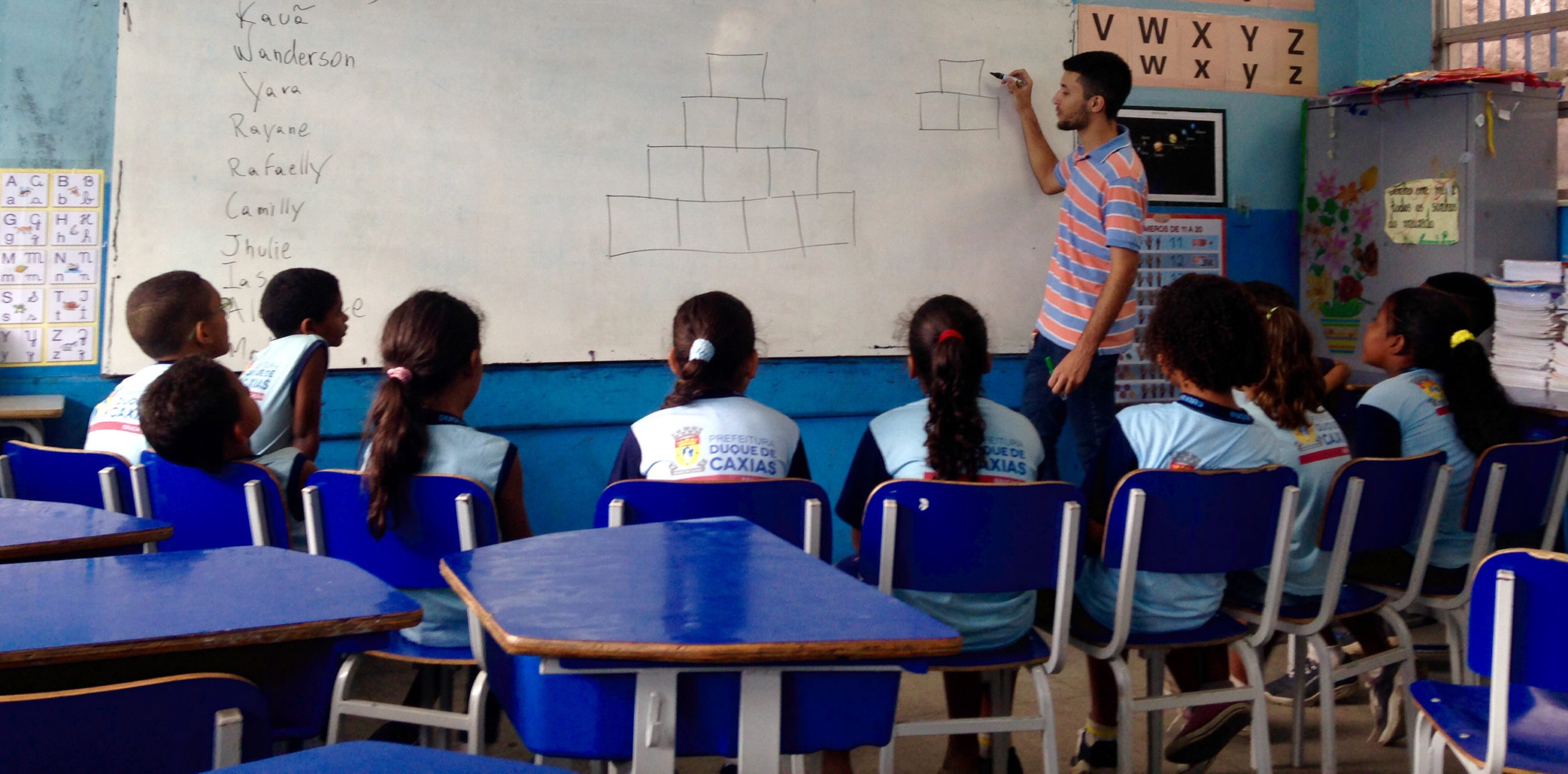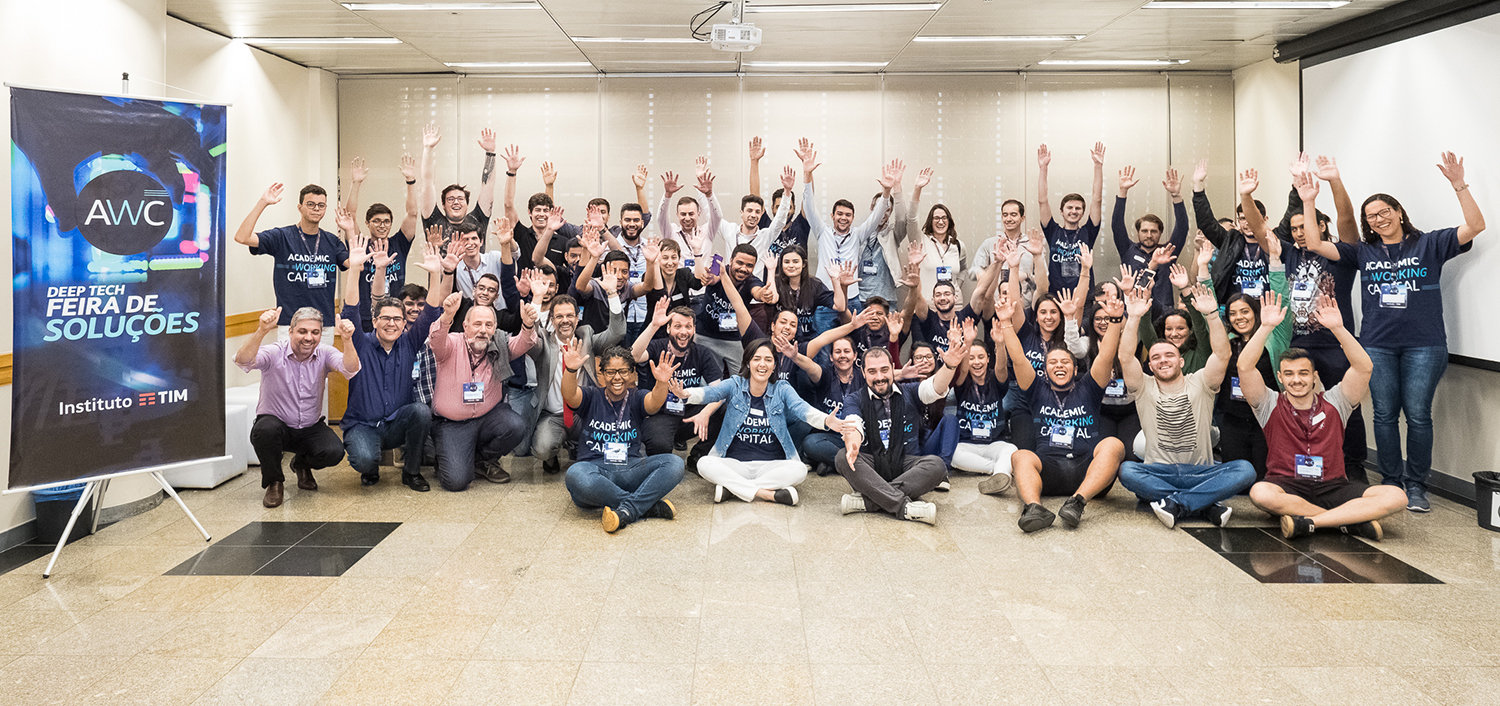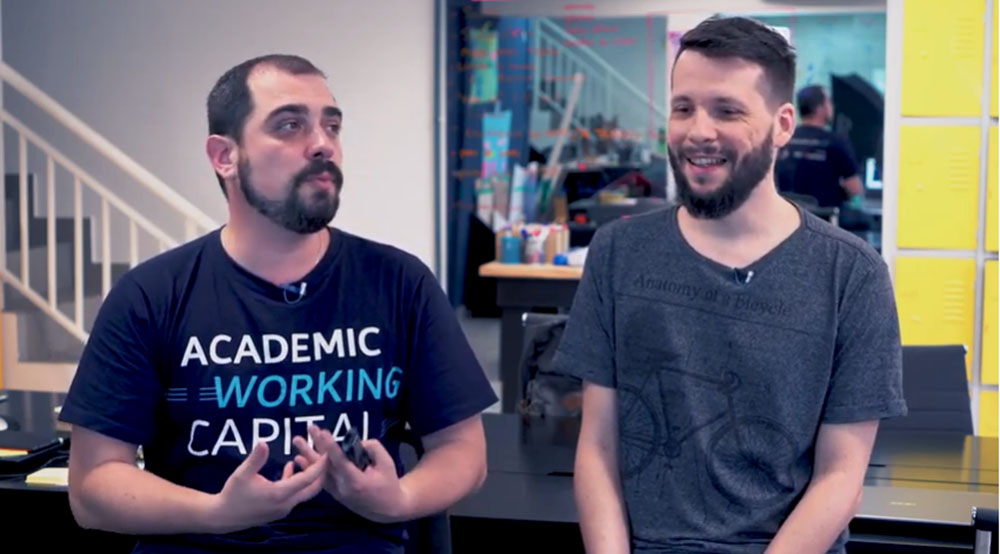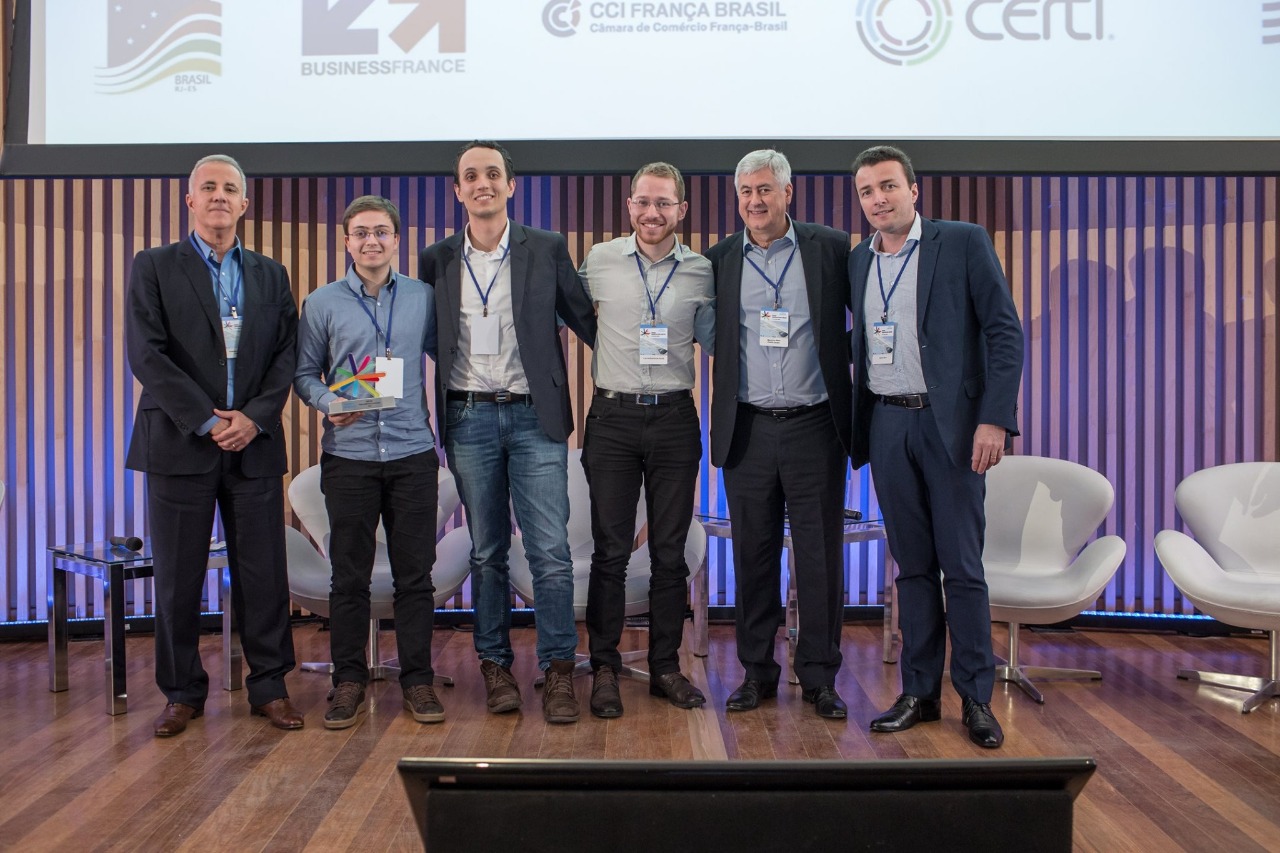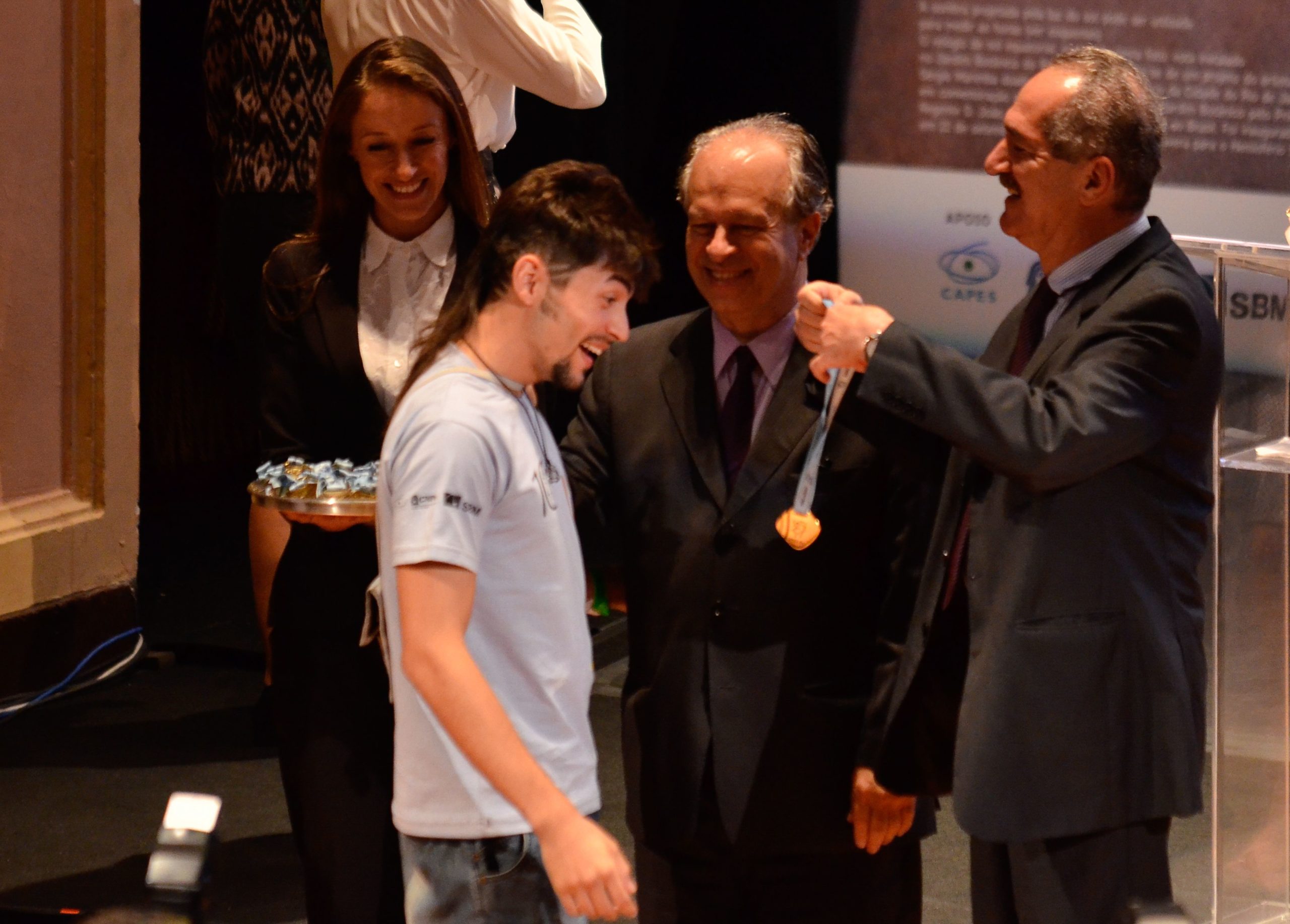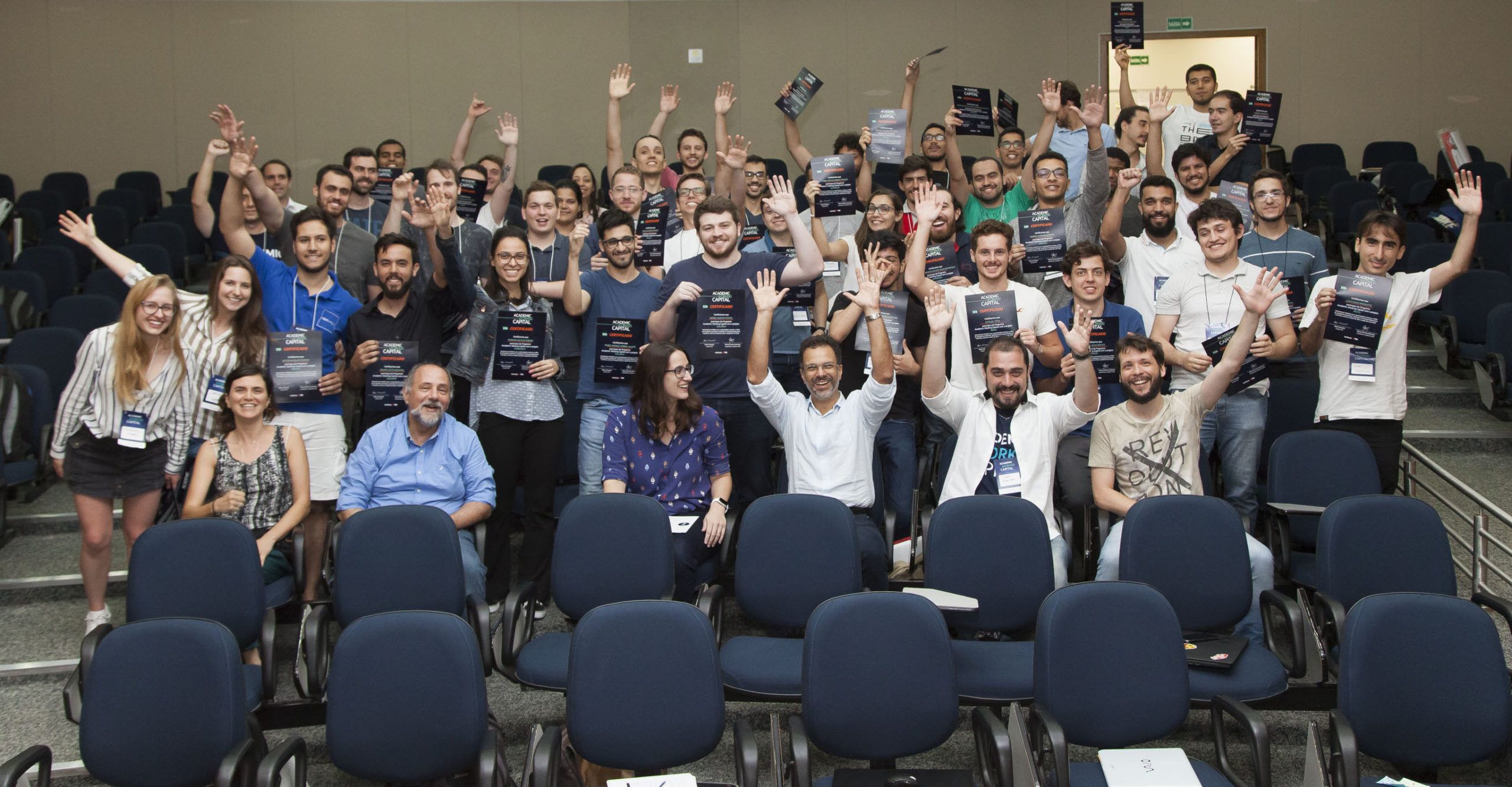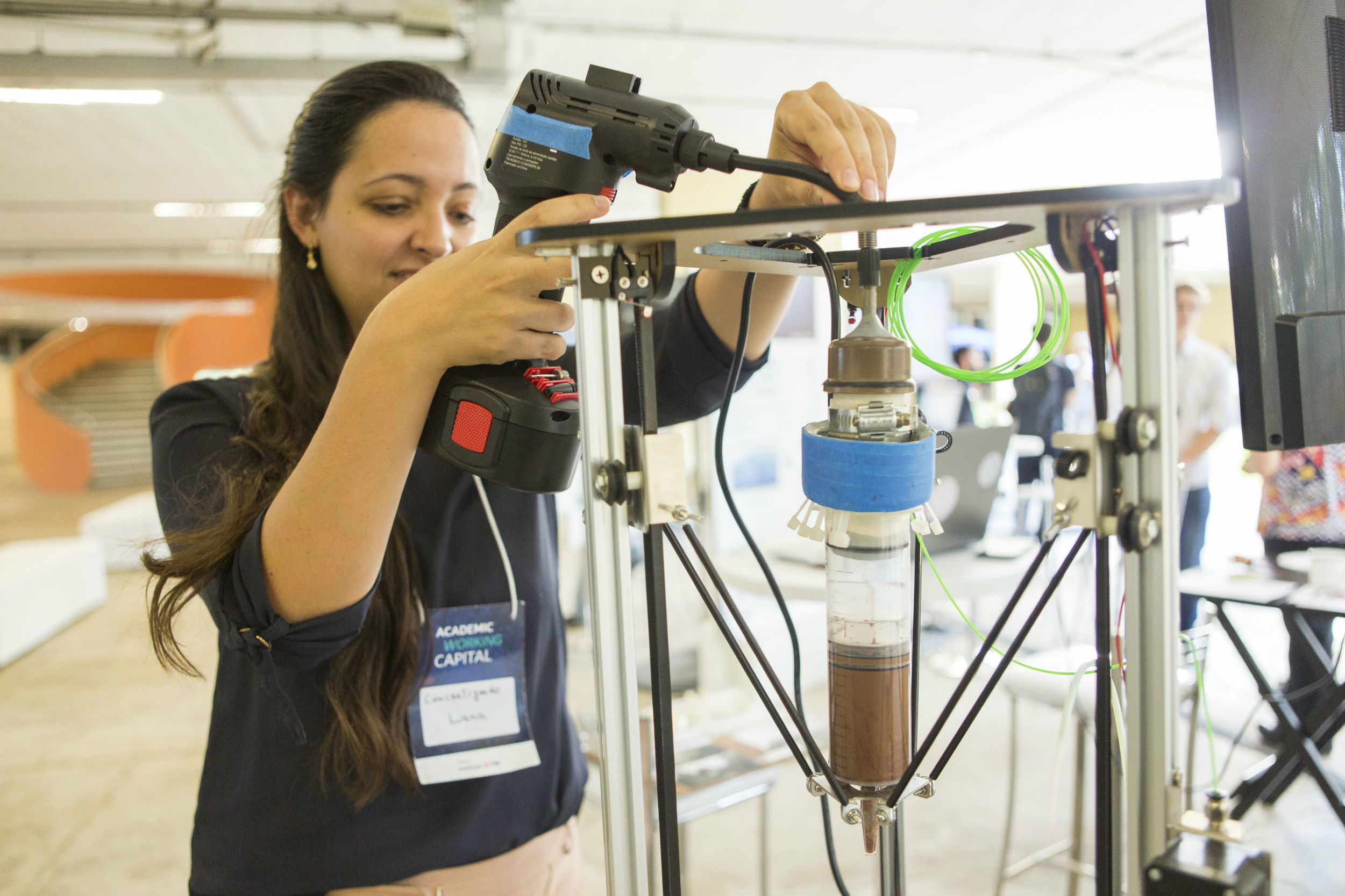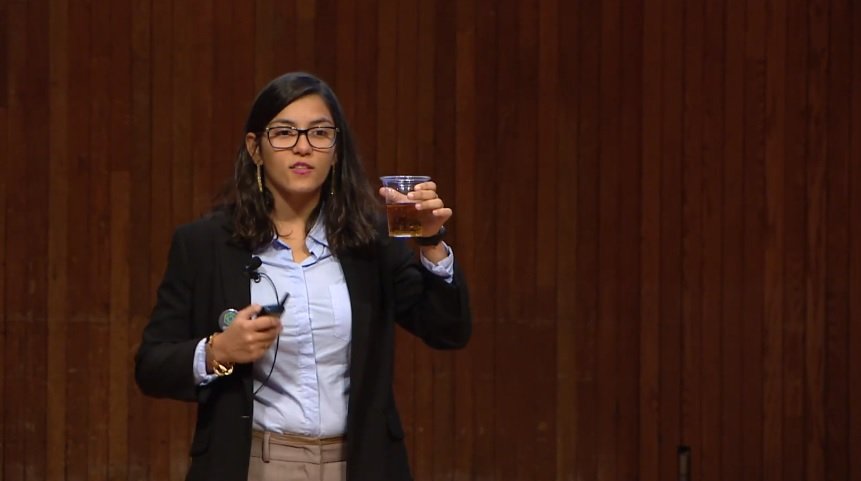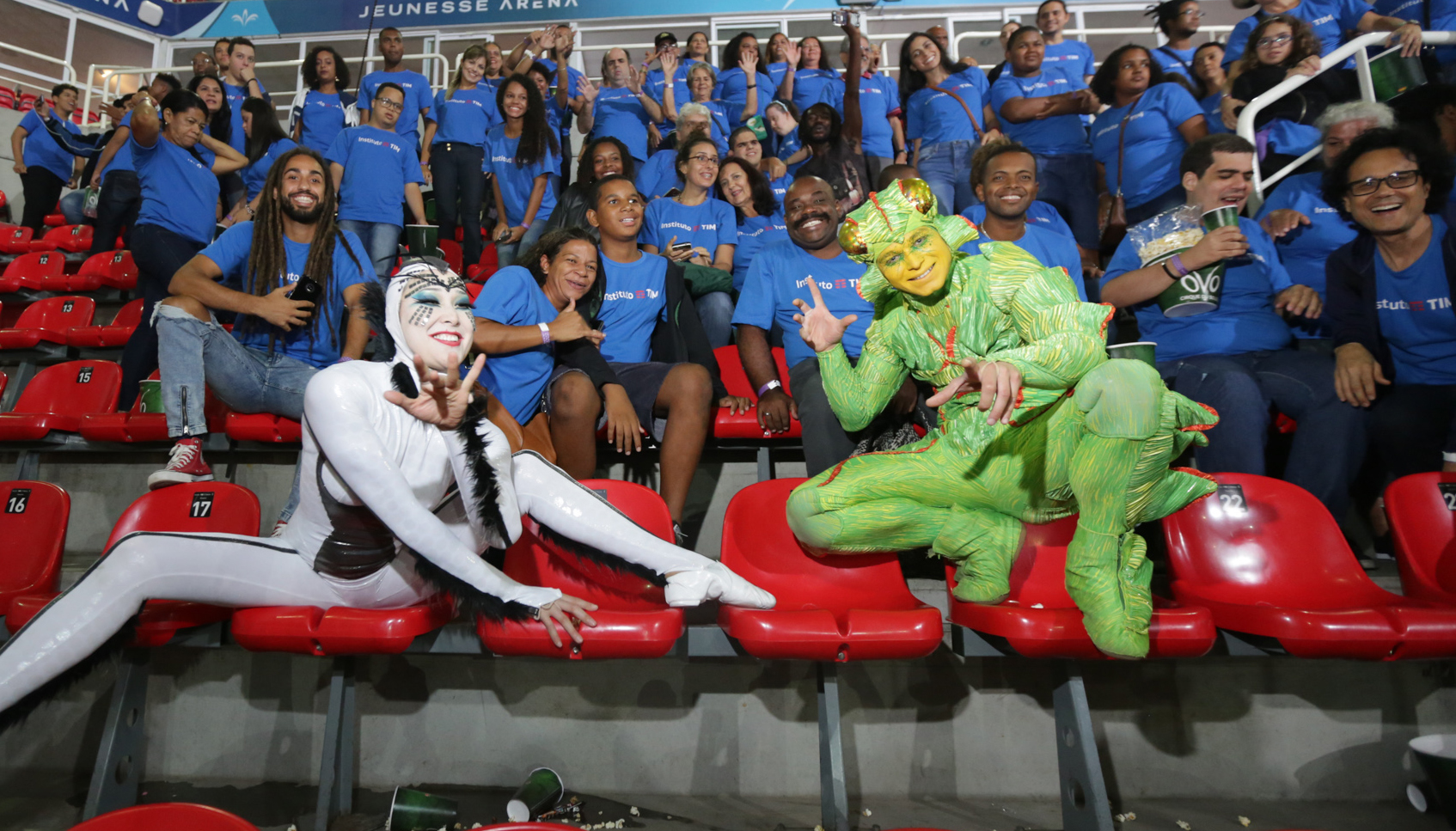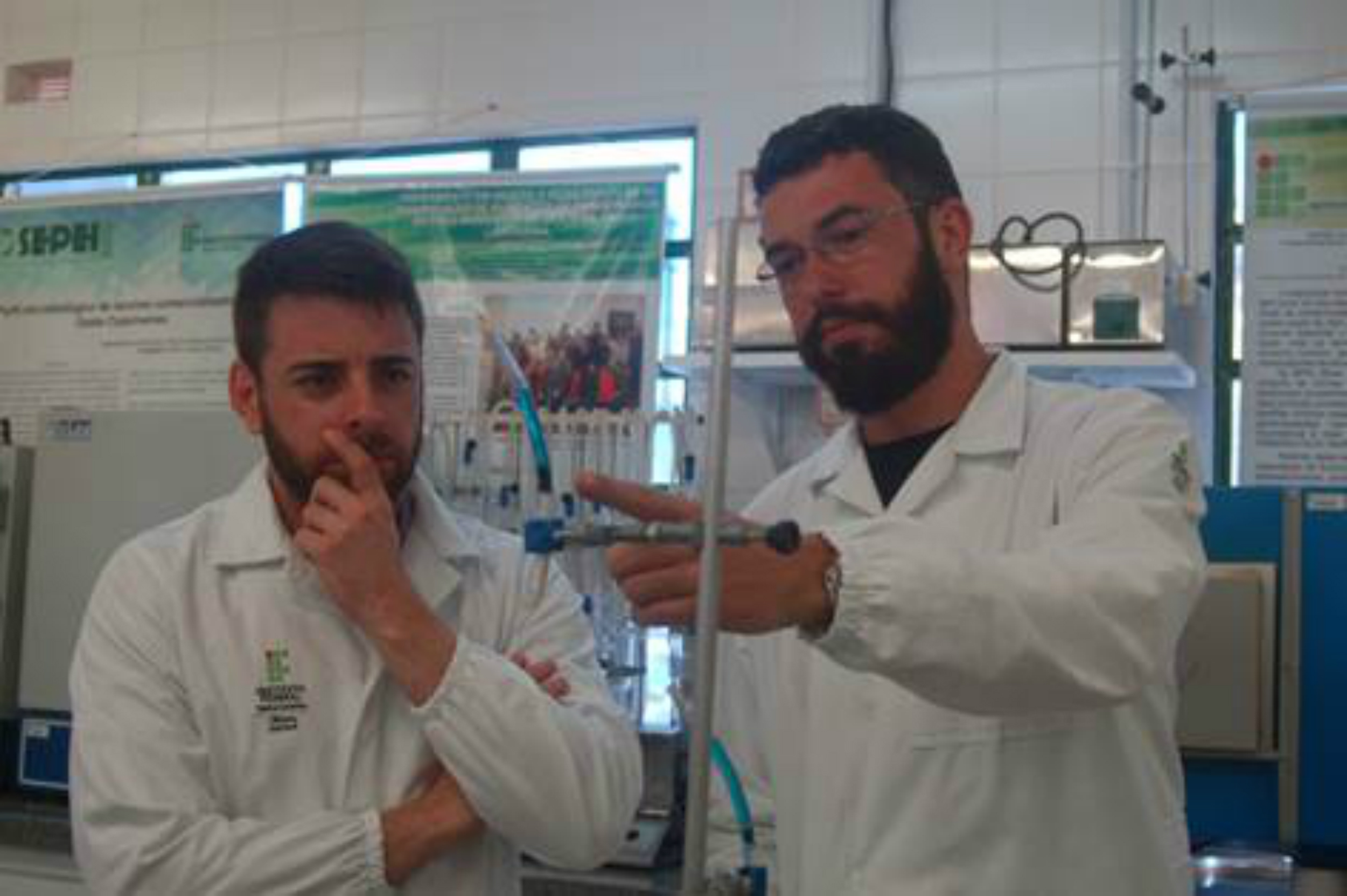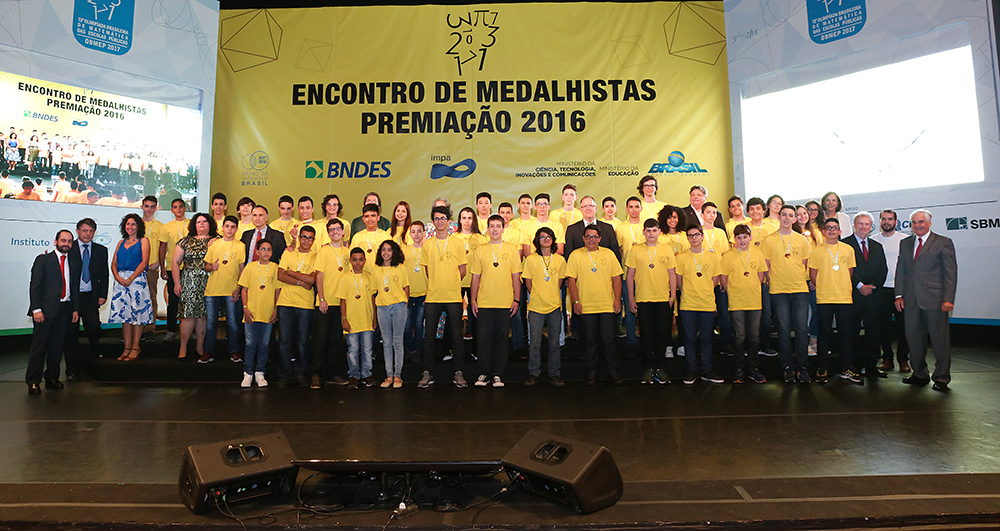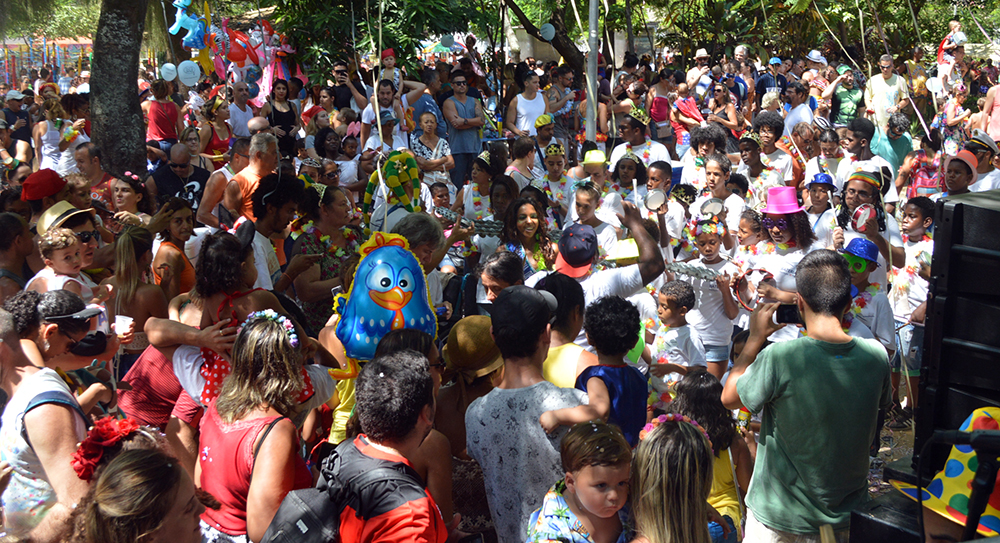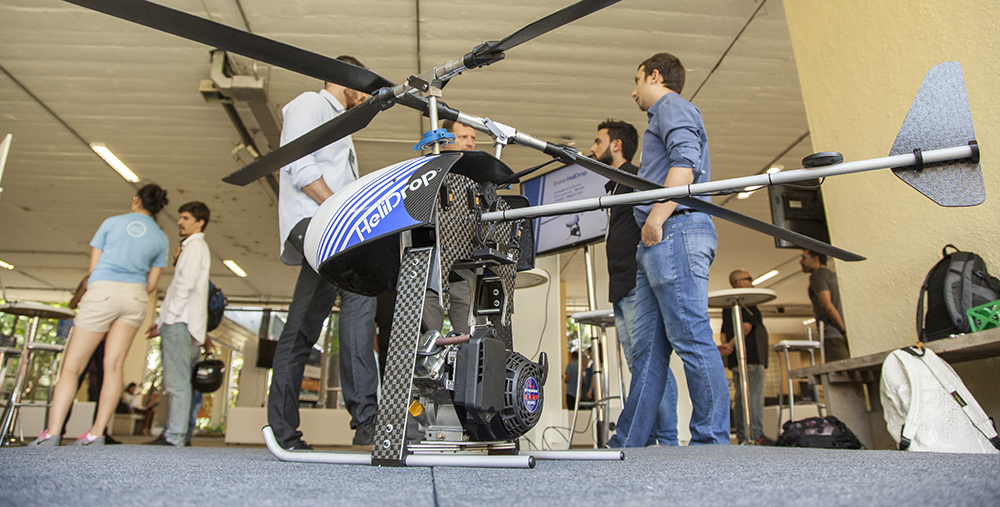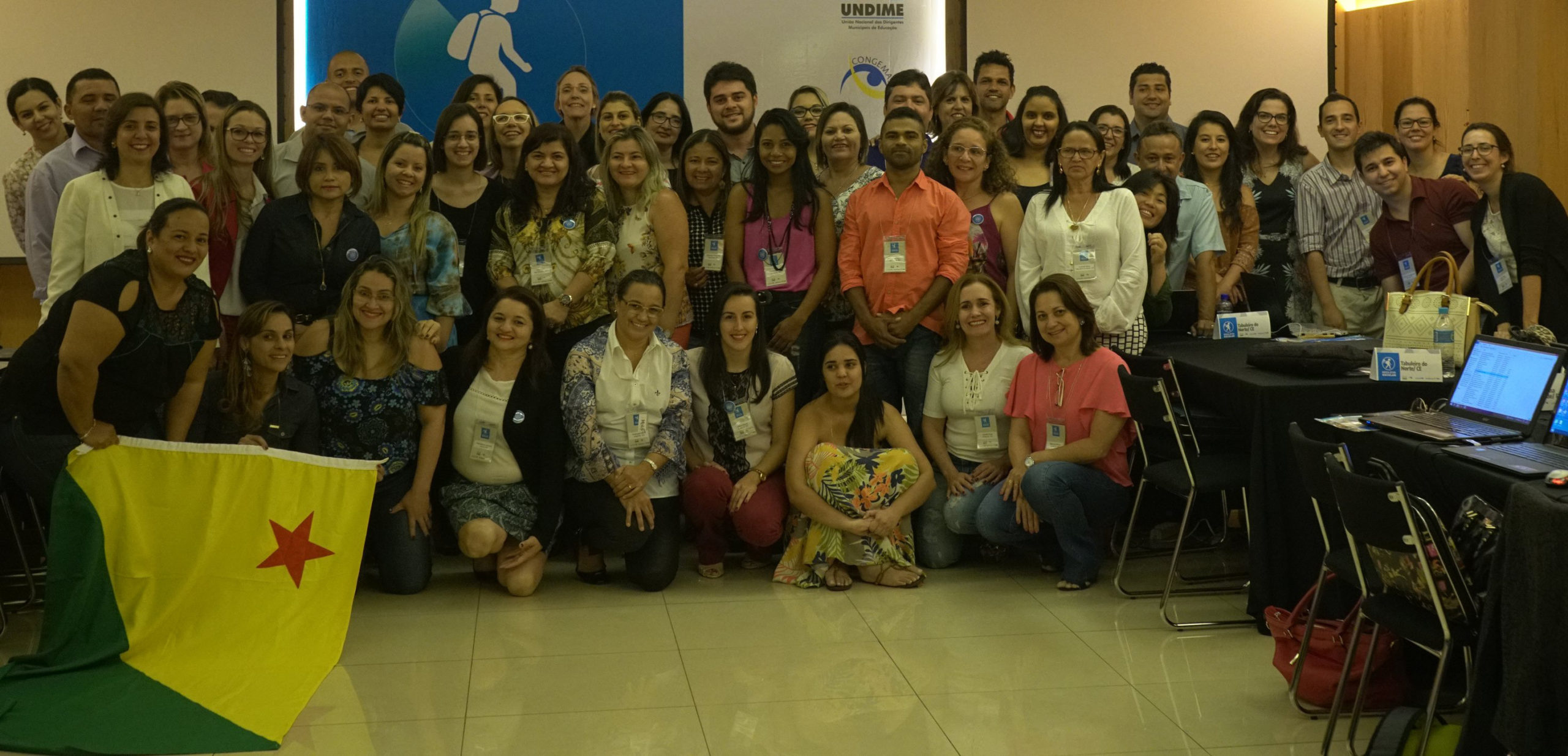
The project Busca Ativa Escolar’s pilot (Active School Search), which mobilized managers and teams from eight municipalities along 2016, came to an end. As a result of a partnership of Instituto TIM with the United Nations Children’s Fund (UNICEF), the National Union of Municipal Directors of Education (Undime), and the National Collegiate of Municipal Secretariats of Social Assistance (CONGEMAS), the pilot had the purpose to test the use of the tool and social technology proposed by the free software Busca Ativa Escolar, in order to create a replicability model of the system for other municipalities.
Busca Ativa Escolar is part of the initiative Fora da Escola Não Pode! (Out of School Children), from UNICEF. From the feedbacks gathered in the pilot experience, the tool will be improved and will be able to be used by any municipality that wants to perform active search of children and teenagers out of school, act upon the reasons of school exclusion and follow them up during the reintegration period − there are about 3 million children and teenagers from 4 to 17 years old out of school in Brazil, according to the 2014 National Household Sample Survey (PNAD). With the system, public managers will know who are the children and teenagers out of school and what reasons prevent them to study, which will make the reintegration process of young people easier. In addition, they will be meeting some of the strategies cataloged in the National Education Plan.
The pilot of the project was divided in two stages. The first one was performed in the Jardim Silvina neighborhood, in São Bernardo do Campo (SP), between June and August; the second one, performed in some selected neighborhoods in the cities of Anápolis (GO), Bujari (AC), Campina Grande (PB), Itaúna (MG), Serrinha (BA), Tabuleiro do Norte (CE) and Vilhena (RO), between September and November. At the end of the process, 14 children were reintegrated in school, and other 39 were in the re-enrolling process.
In São Bernardo do Campo, the City Hall teams acted to improve the tool and social technology. Cléa Ferreira, articulator of the pilot in the city, tells the teams reported information on cases, conquests and challenges of the tool and strategies of inter-sectoral action and provided feedback on materials. “From the challenges, we thought together in ways to solve problems, we spread the information to UNICEF and Instituto TIM team”, reminds her.
After the first using experience, the tool and the social technology were readjusted to the pilot’s second stage, which focused in cities from different sizes and distributed throughout the territory. For Cléa, who was also articulator in Itaúna, one of the great contributions that the project will be able to bring is the opportunity to understand why the school exclusion happens, considering the differences among municipalities. “So far, we had a survey of what are the main causes, but not what is the incidence of these causes in the country, and considering the differences of the region and the size of the city”.
The fieldwork contributed to improve the understanding on the project and pointed out ways for its scaling. “It is easier, from this pilot experience, to better calibrate, both the actions concerning methodologies, and the project materials”, explains the Education Coordinator of UNICEF in Brazil, Ítalo Dutra. According to Ítalo, the pilot showed the need of a narrower articulation between municipalities and states, since the majority of young people out of school are between 15 and 17 years old and, therefore, are served by state government.
In addition, the inter-sectoral work was essential. Ítalo explains there is a set of factors that lead a child to abandon school: internal factors to the experience of the child in school and external factors. “The causes of this exclusion are very diverse. They are addressed from one side by the school, with that which each school makes, but on the other hand with articulation of networks, with what each Secretariat makes”, he states. “This work contributes to a dynamic understanding of a broader public management, of knowing what each Secretariat makes, the projects developed and act in a more convergent, synergistic sense”, adds Cléa. It took part of the pilot Municipal Departments of Education, Health, Culture, Sports and Leisure, Agriculture, and Social Development, in addition to entities like the Guardianship Council, among other organizations.
The current project stage is the completion of the tool, considering the feedbacks collected in the second stage of the pilot. After the adjustments are concluded in the software, the next steps are mobilizing the municipalities to providing a use in scale of the tool and the methodology, as well as supply the distance training for managers and servers.
